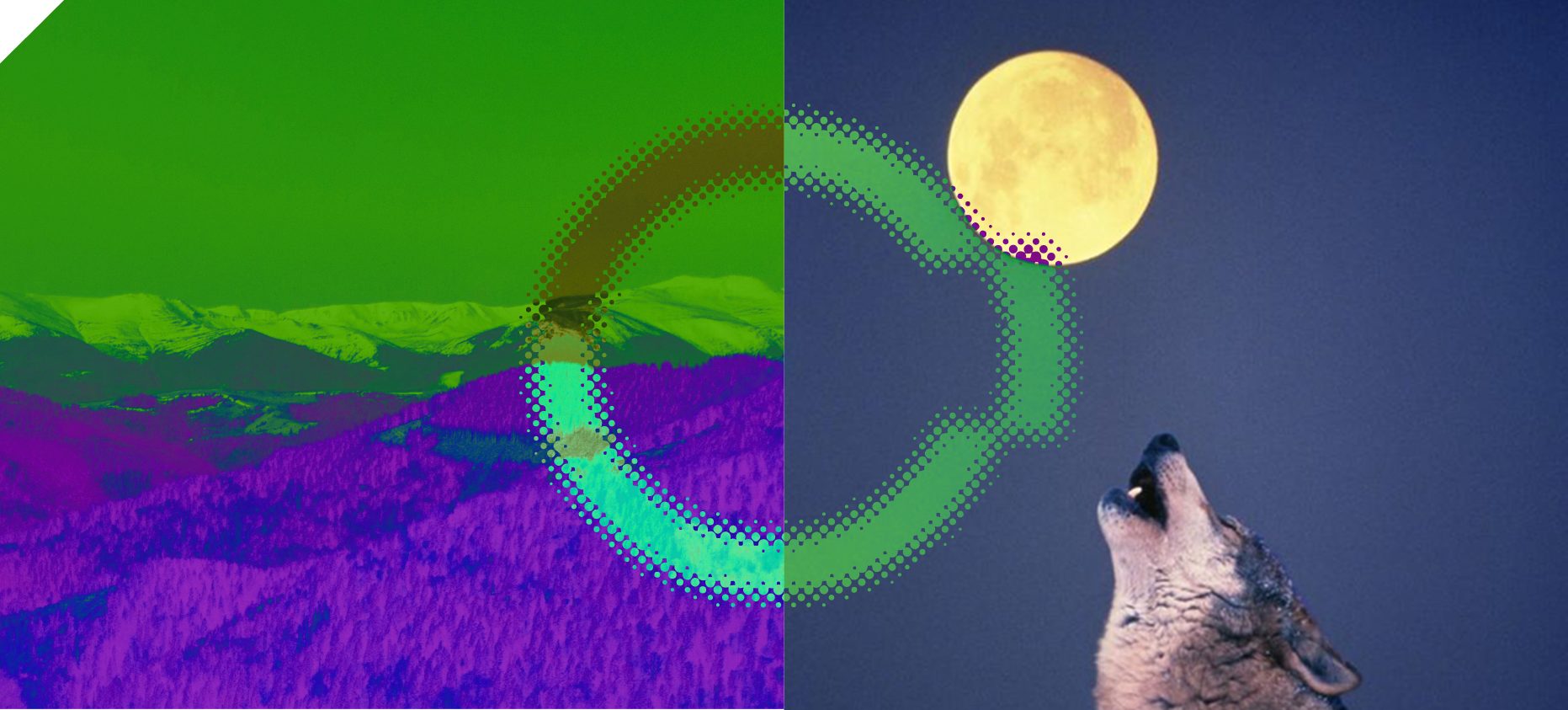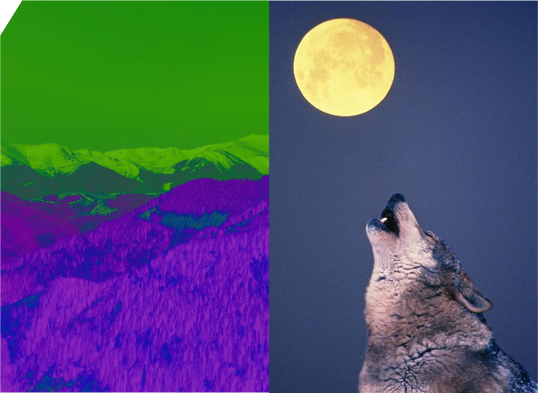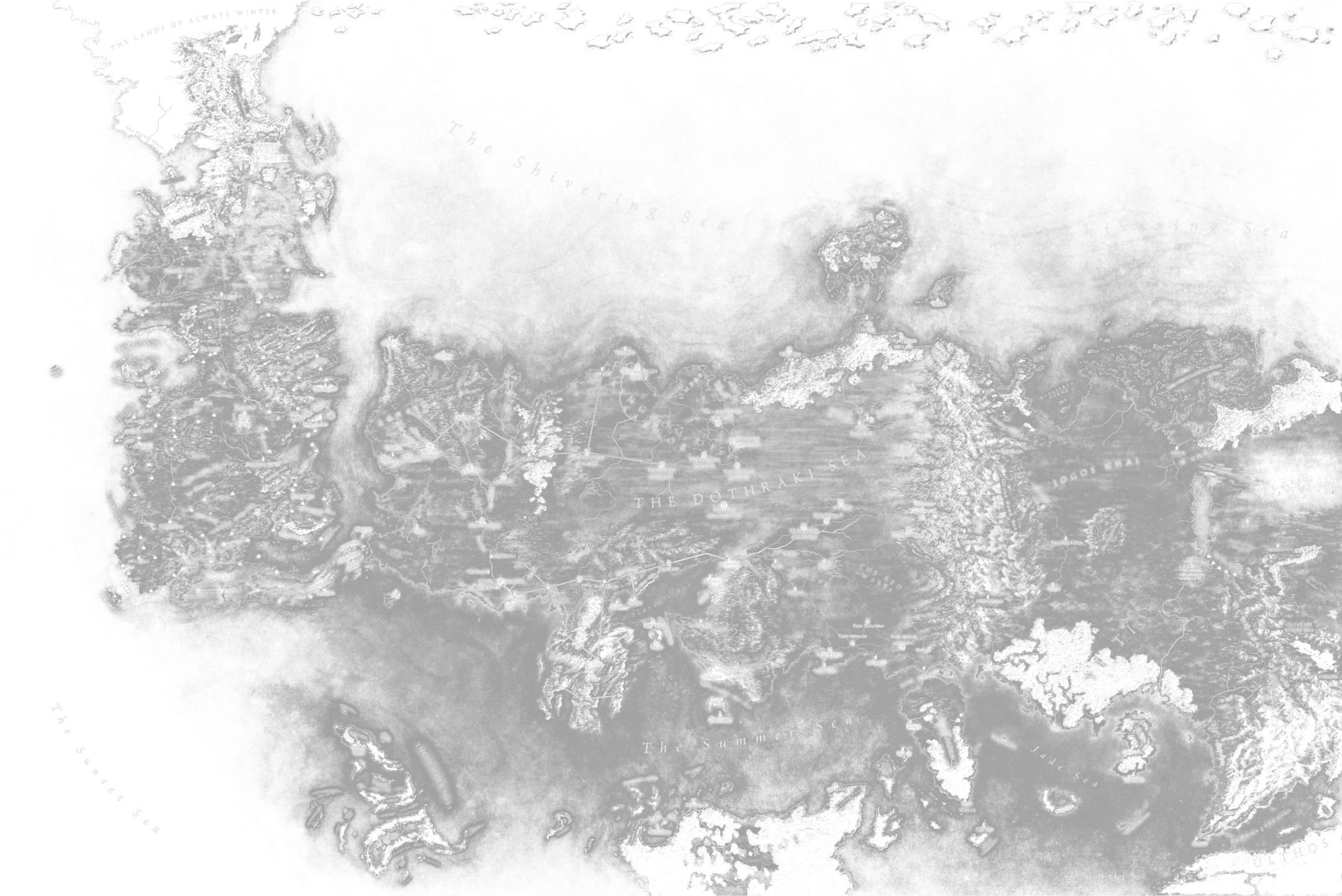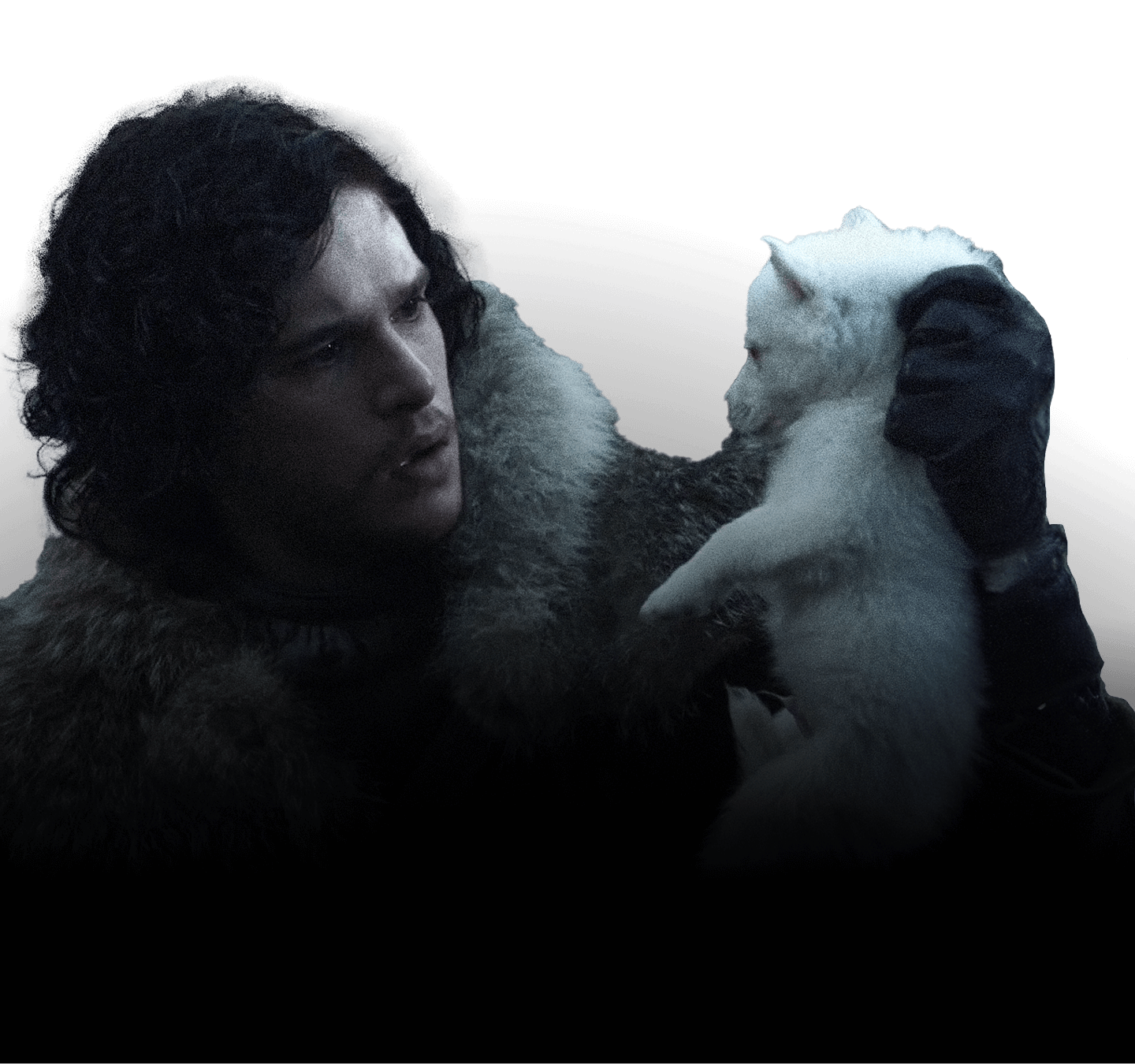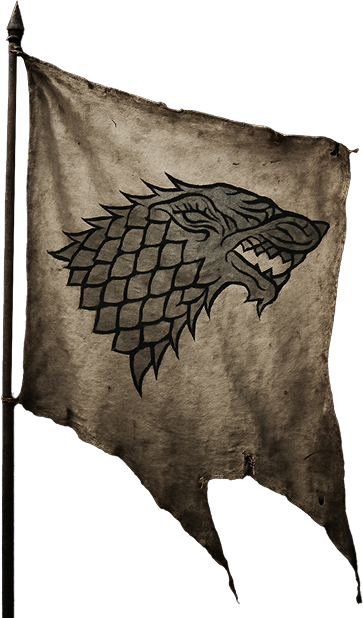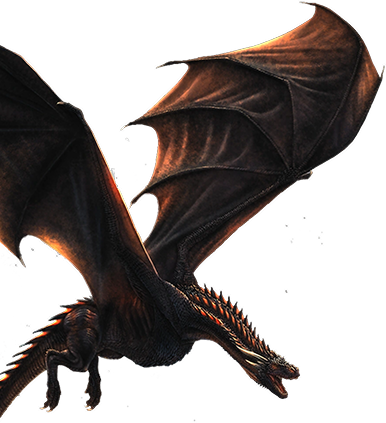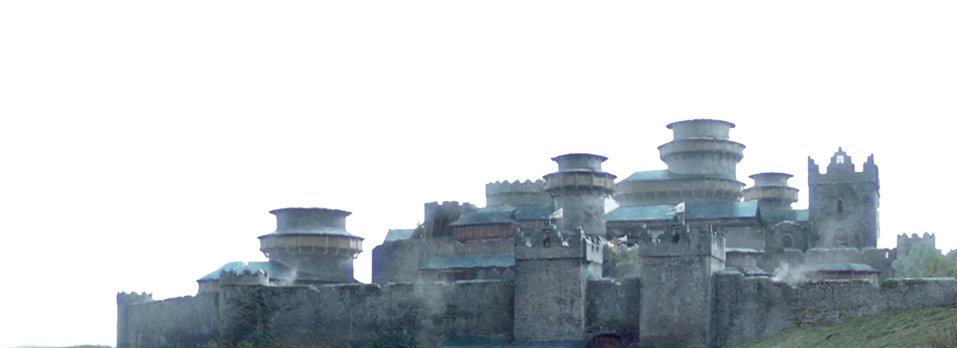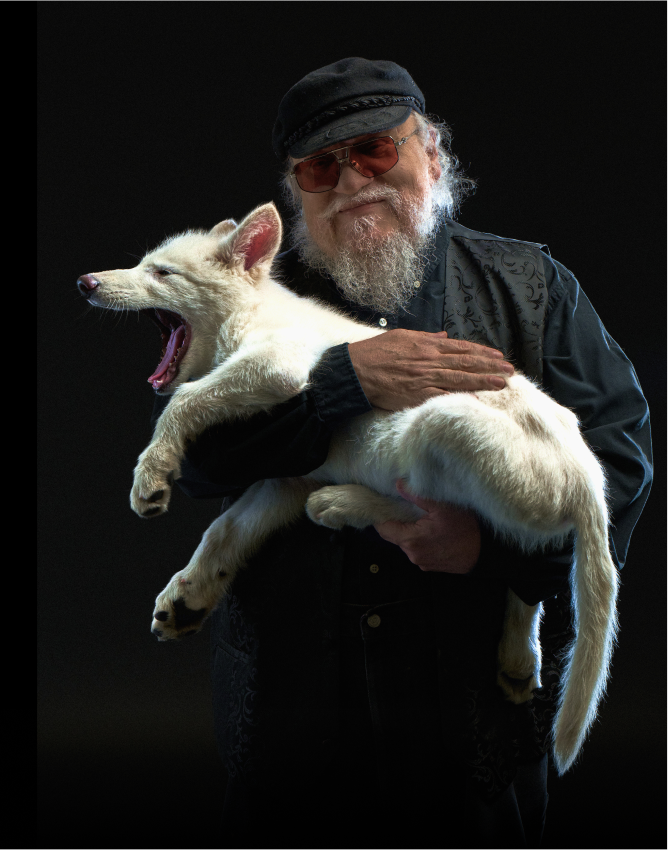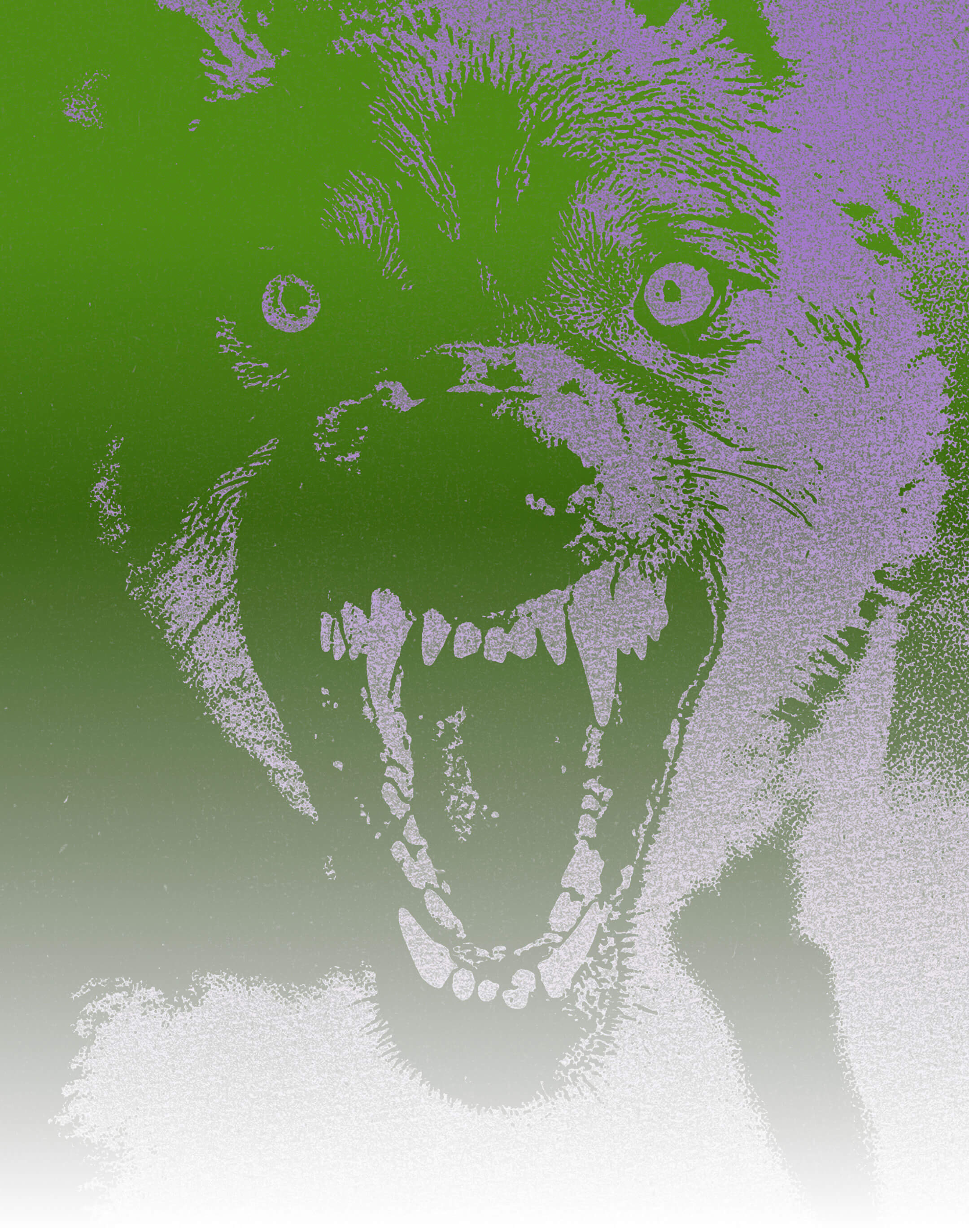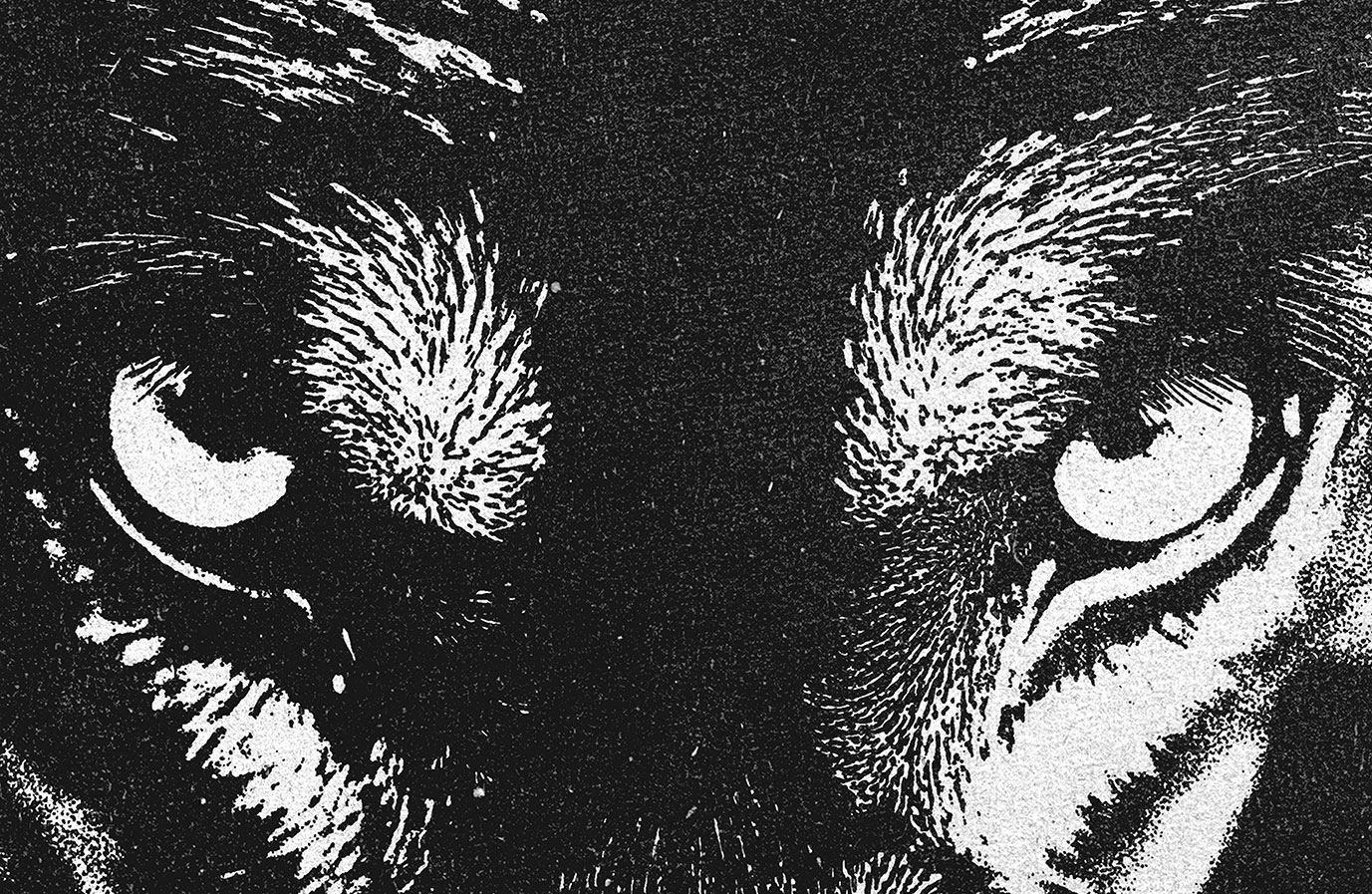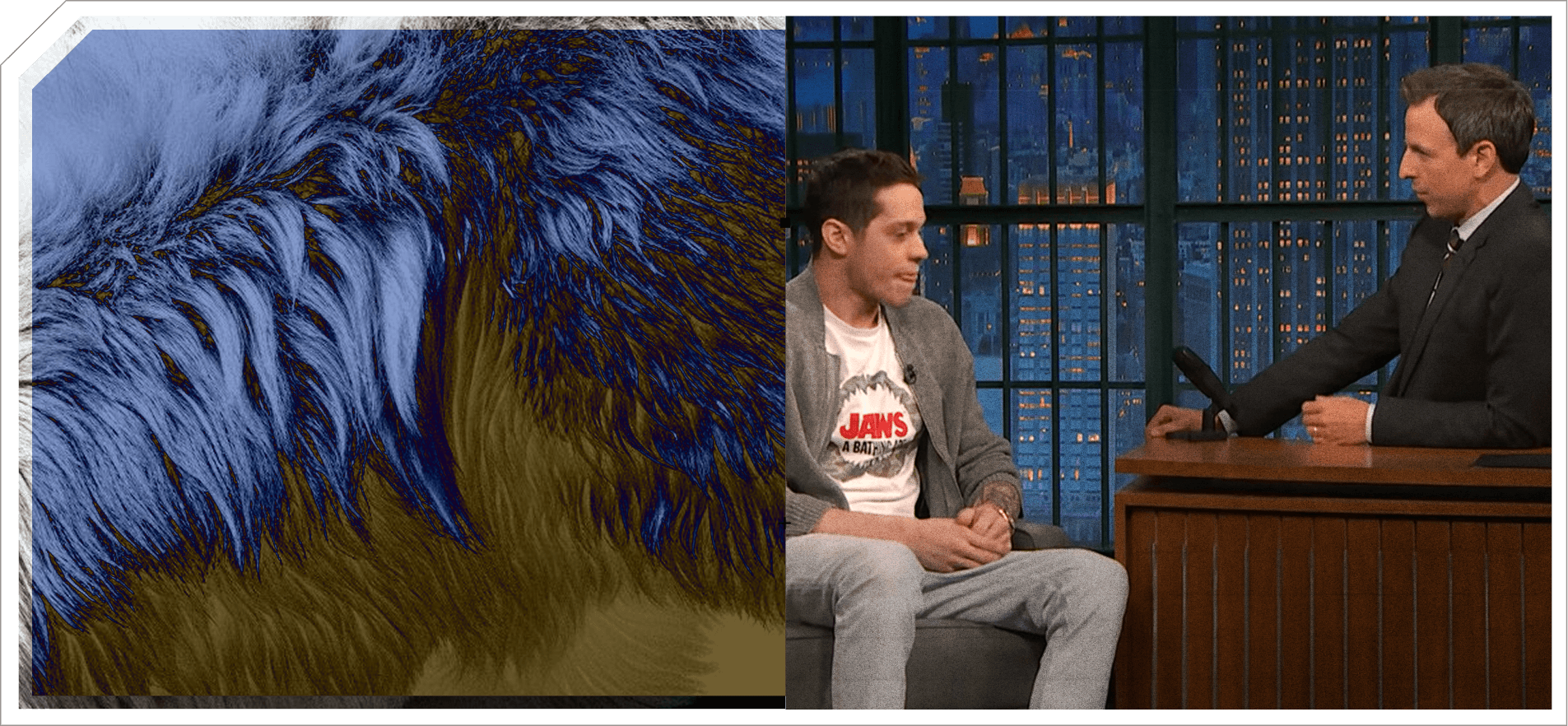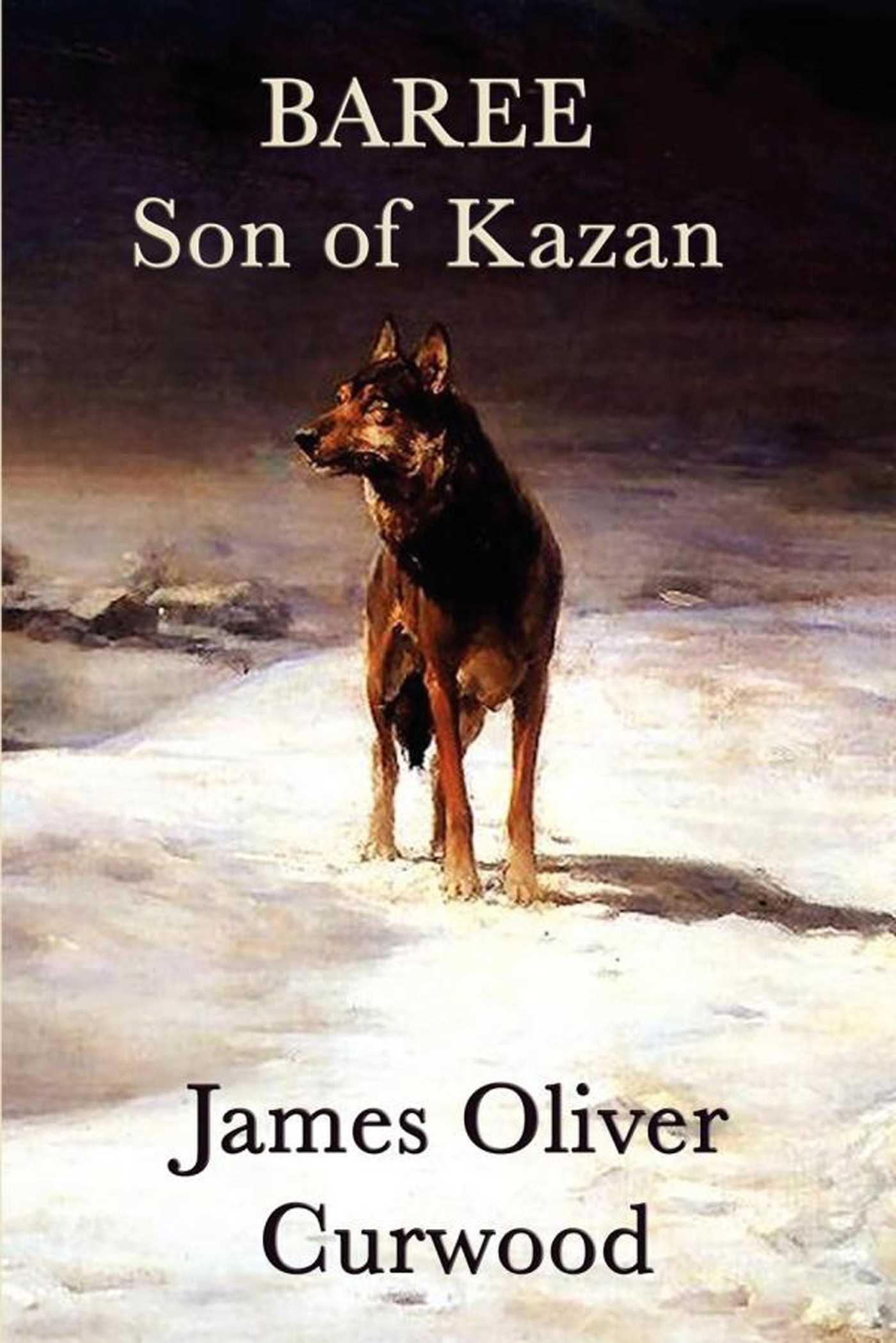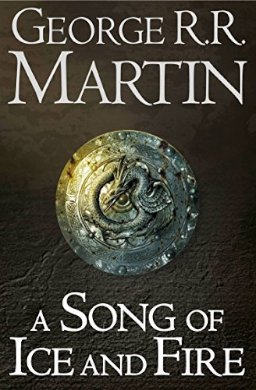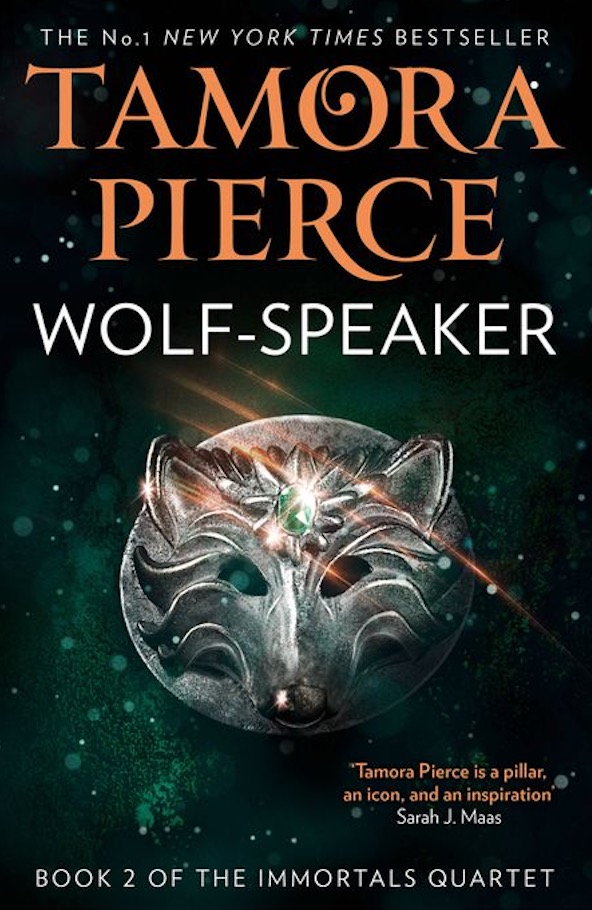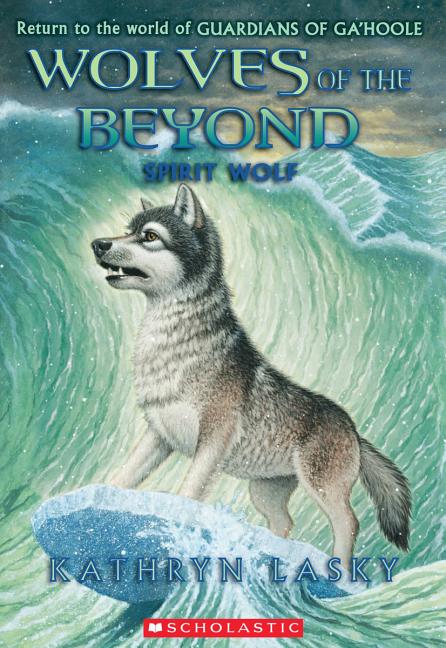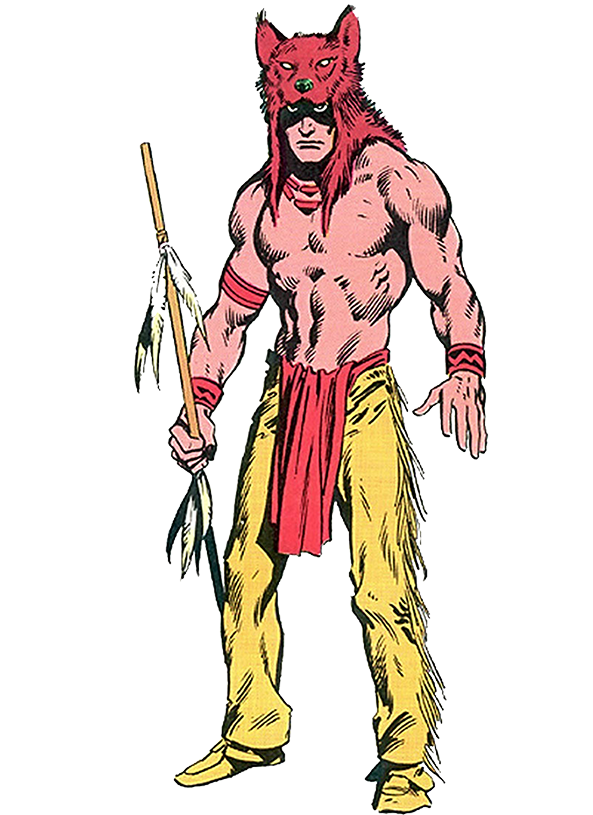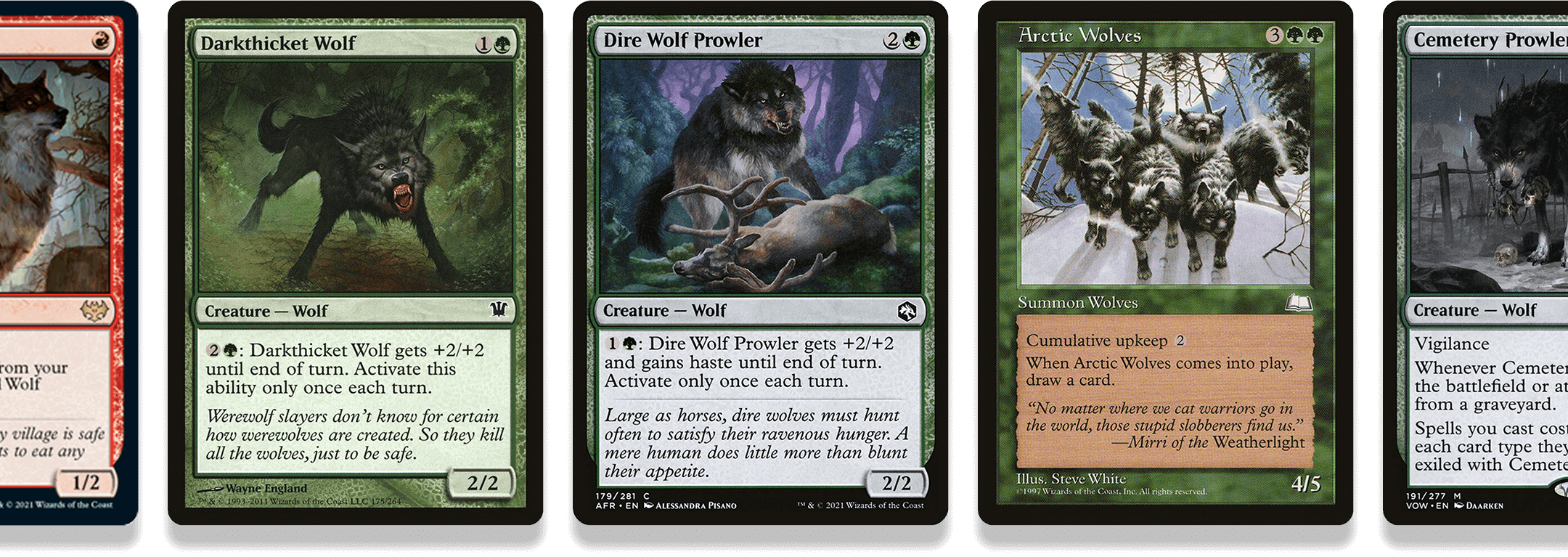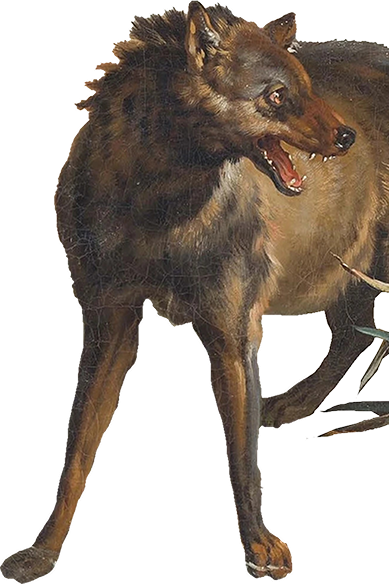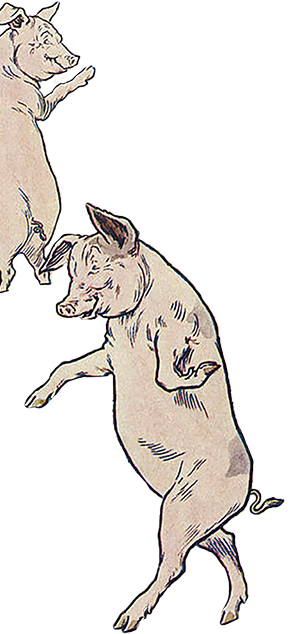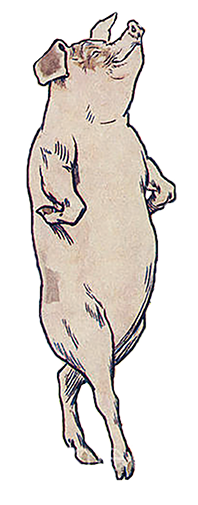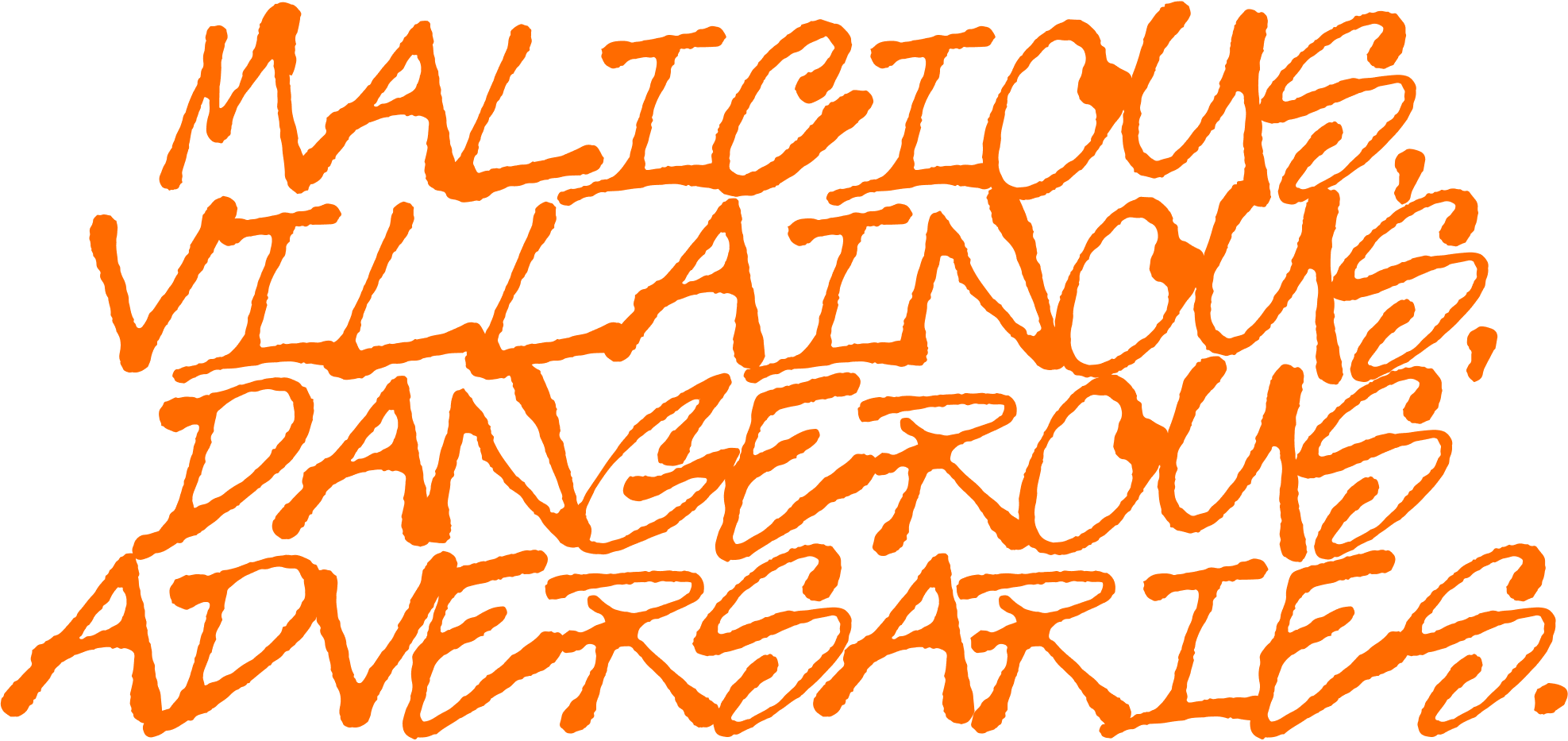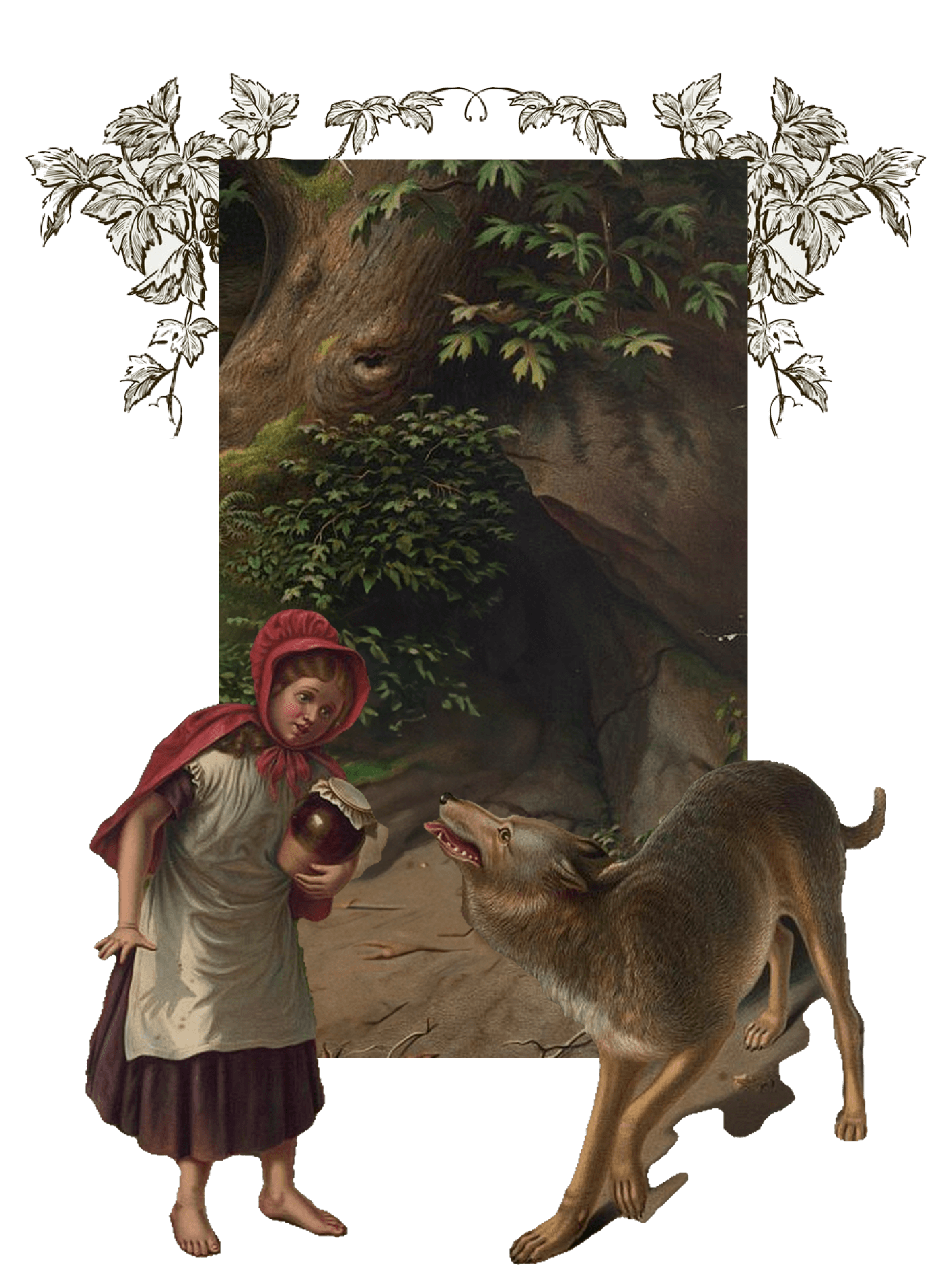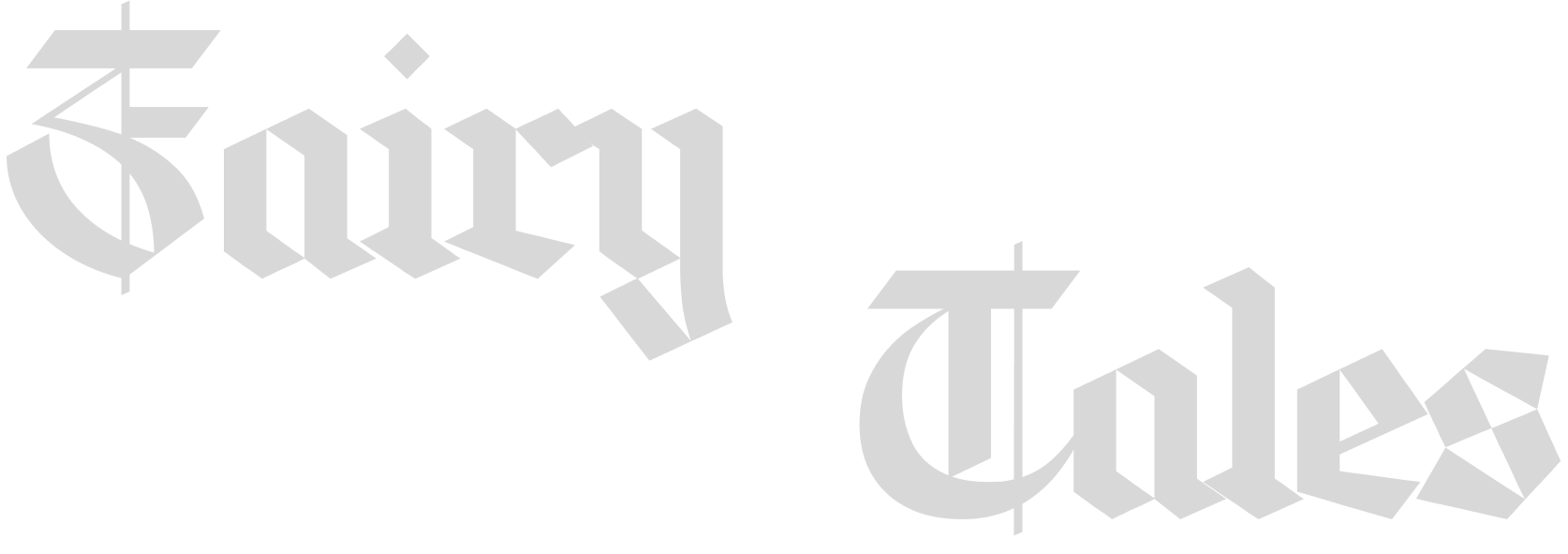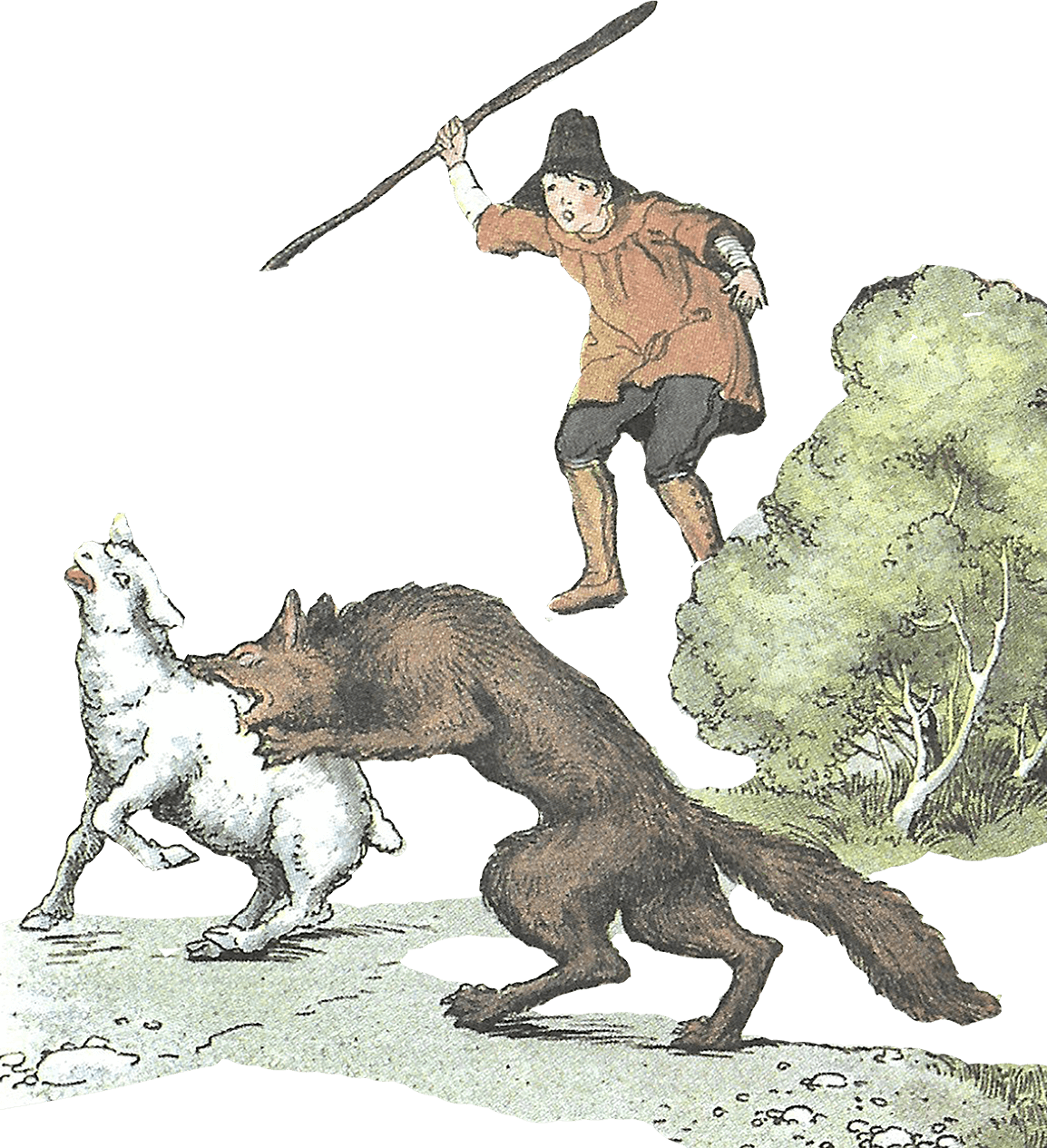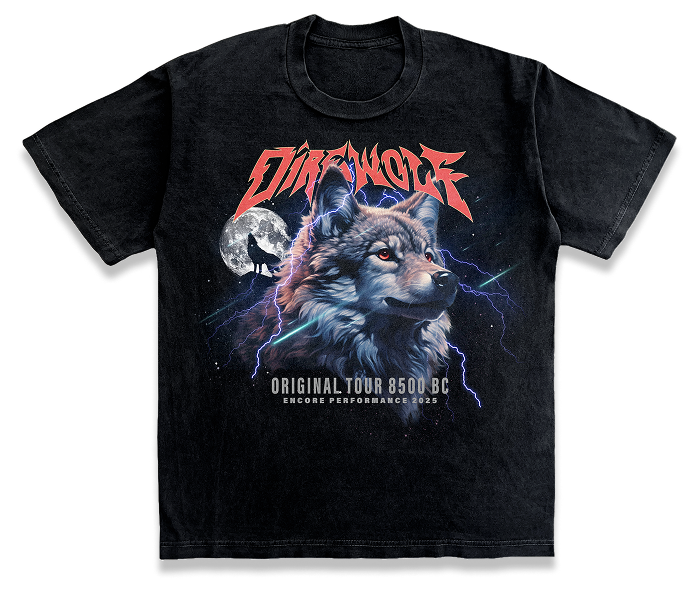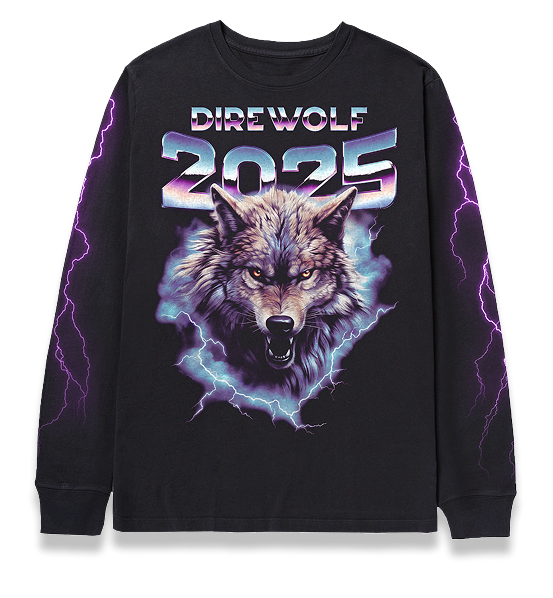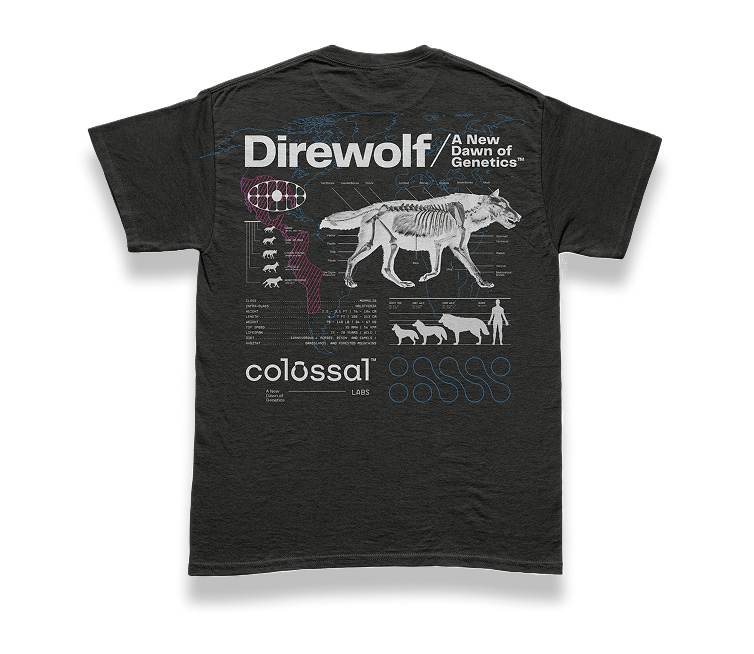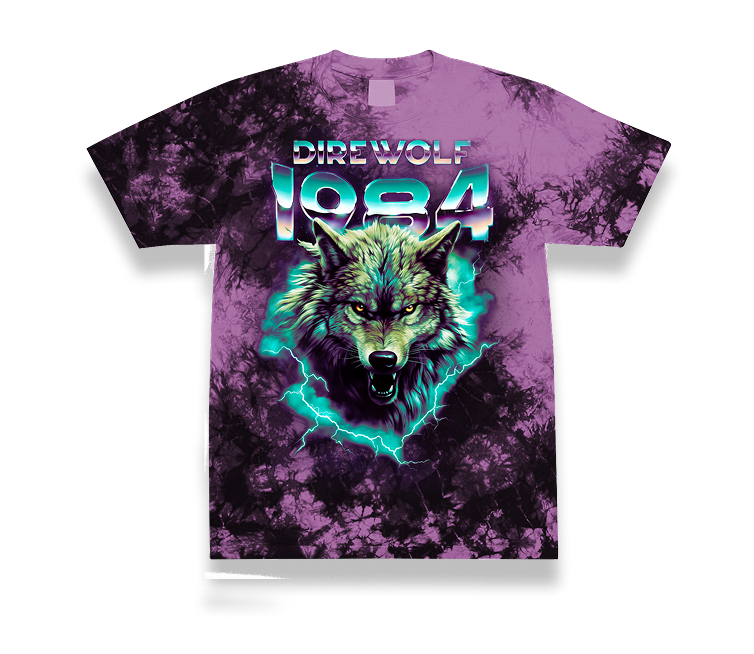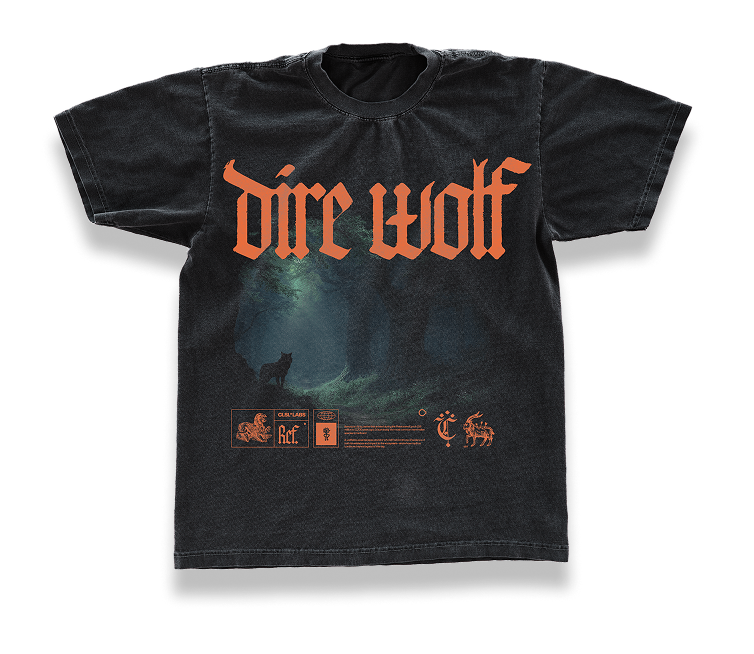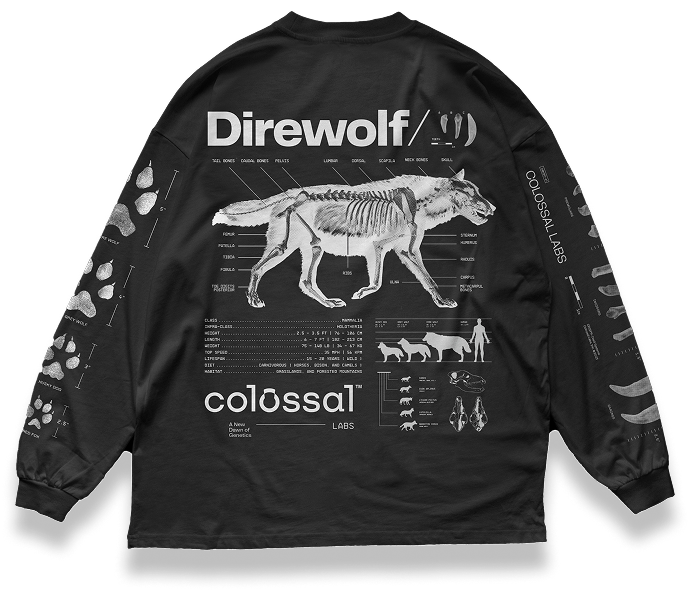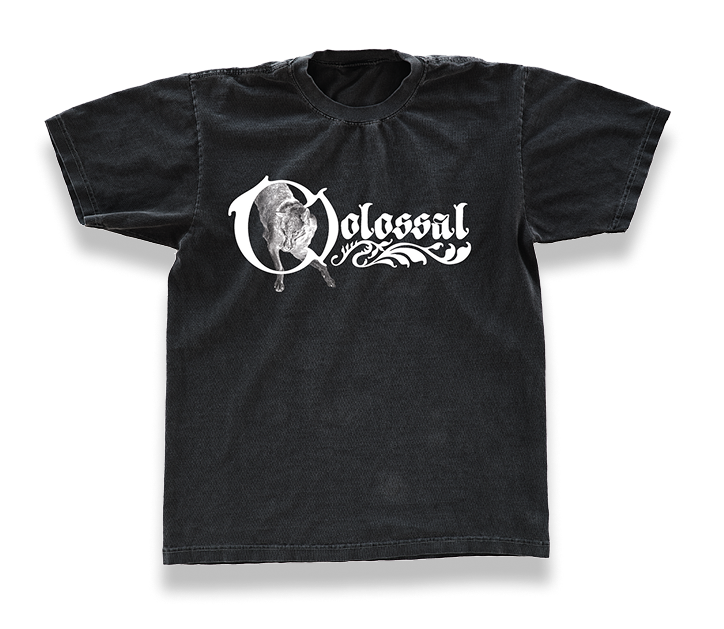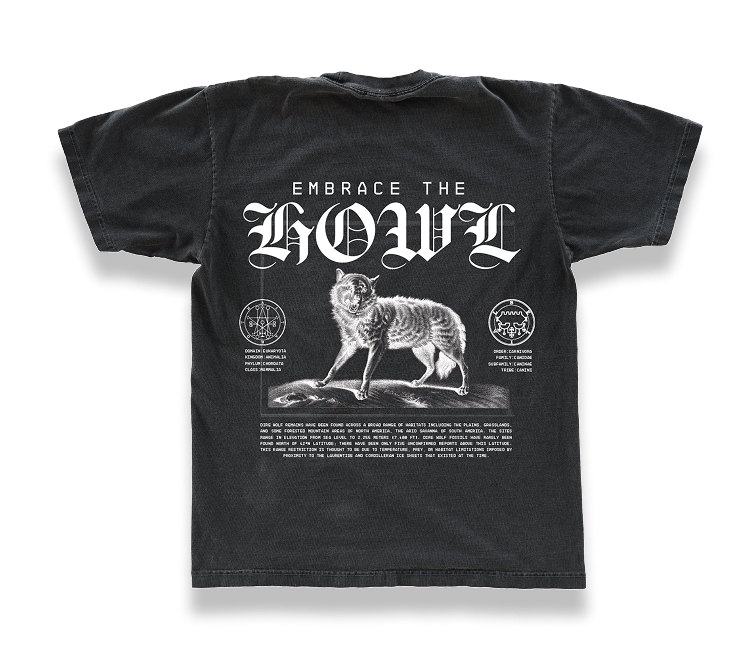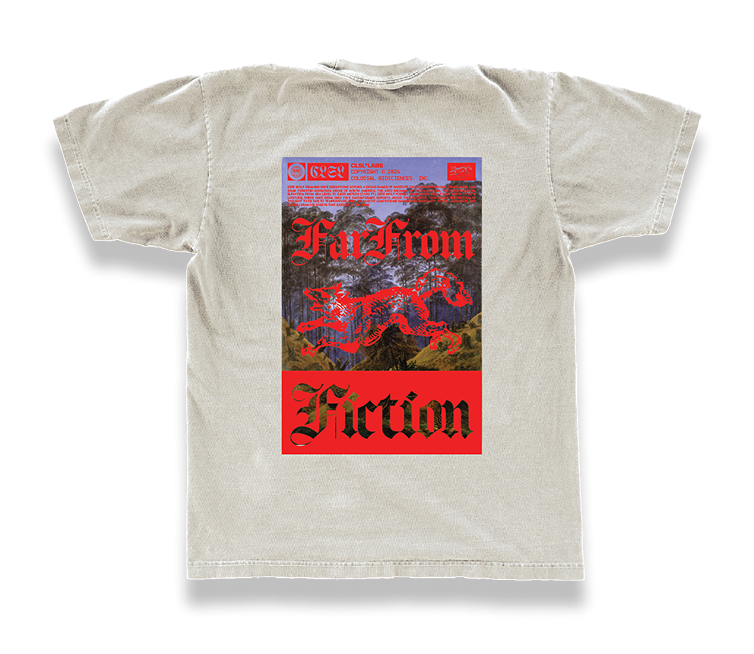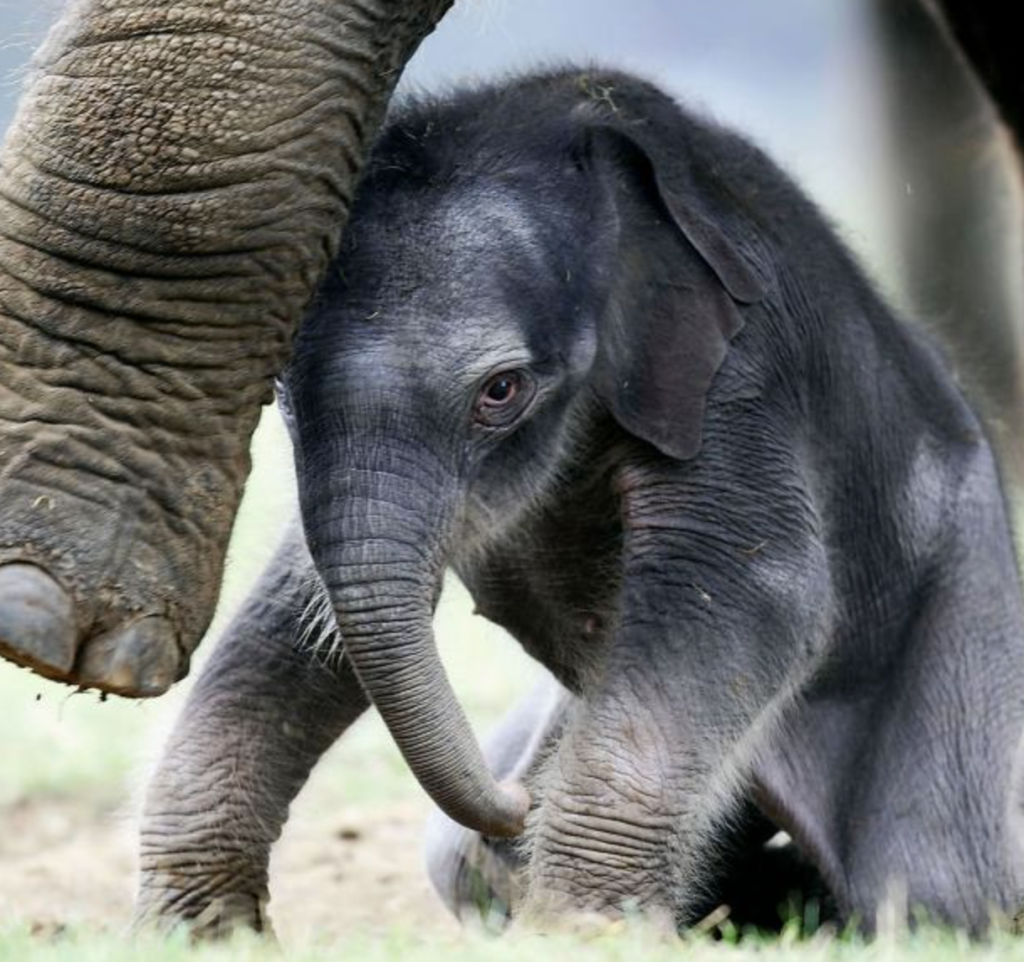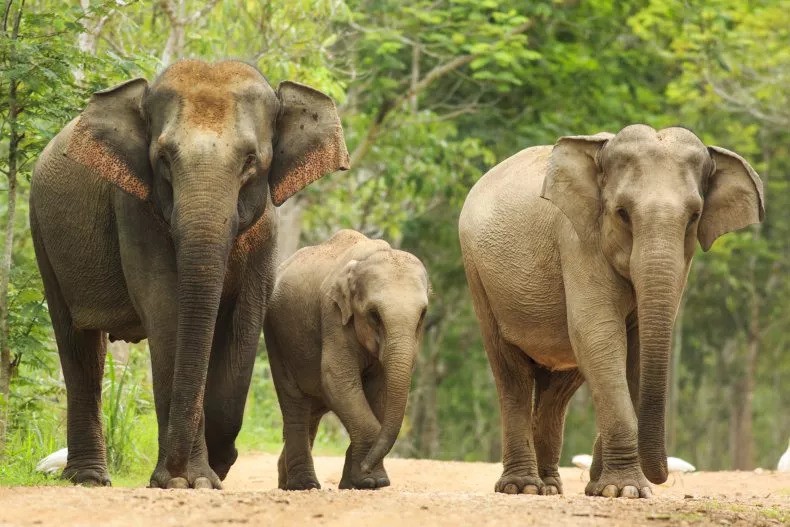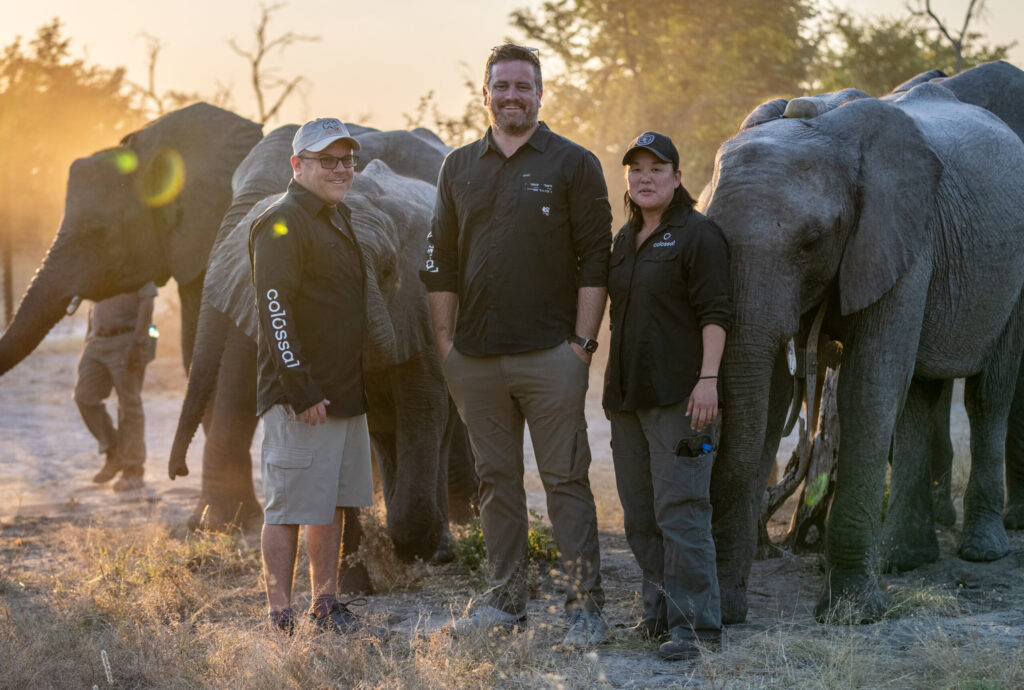 [ INdex ]
[ INdex ]
DIRE




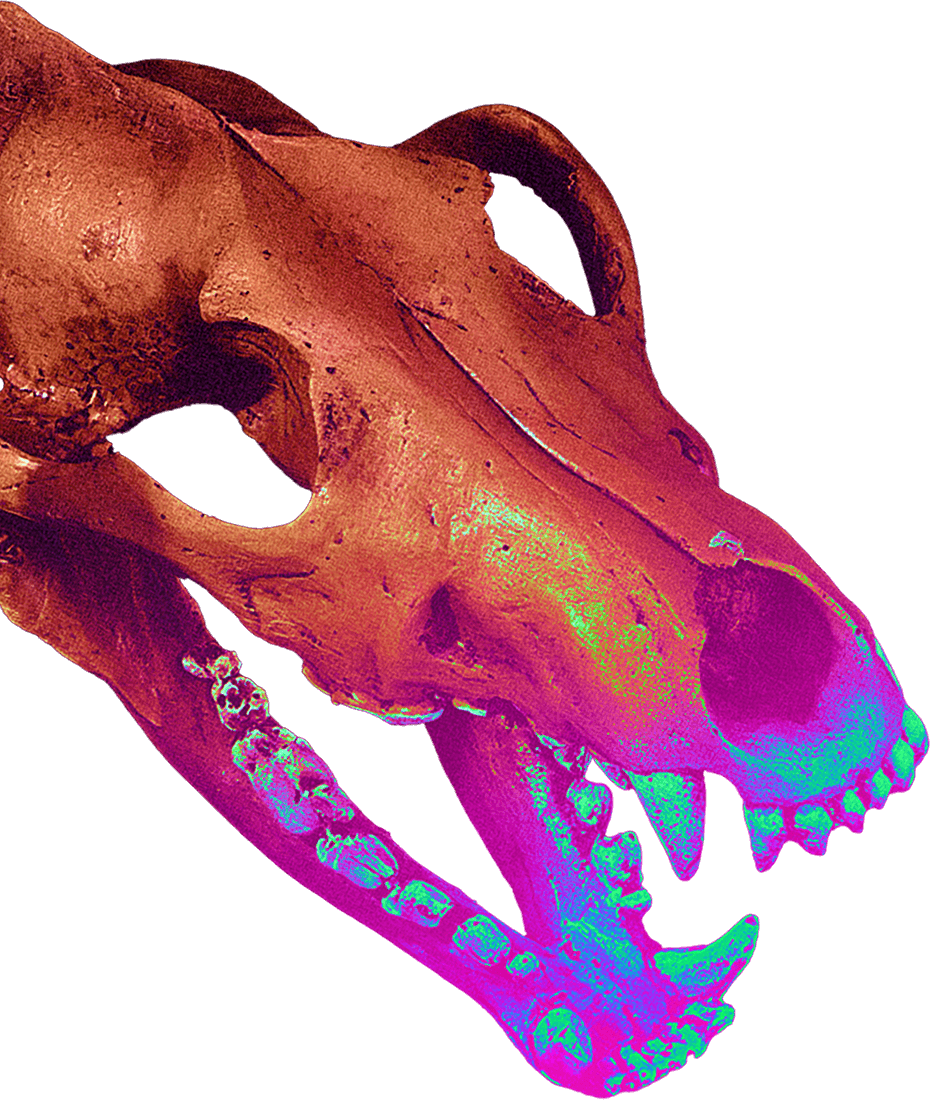
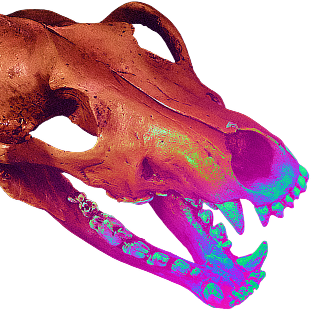
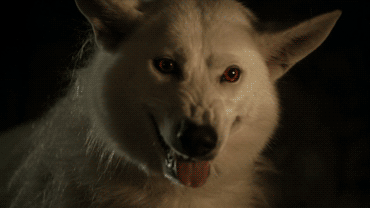

Wolves
Shaping
Culture
For many people, introduction to the dire wolf occurred through the lens of the world of entertainment, rather than the natural one. We find mention of this legendary prehistoric canid in role-playing games, like Dungeons & Dragons; video games, like ARK: Survival Evolved; music, like the Grateful Dead’s aptly-named song, "Dire Wolf"; and most notably, the best-selling novel, A Song of Ice and Fire, and its TV adaptation, Game of Thrones.


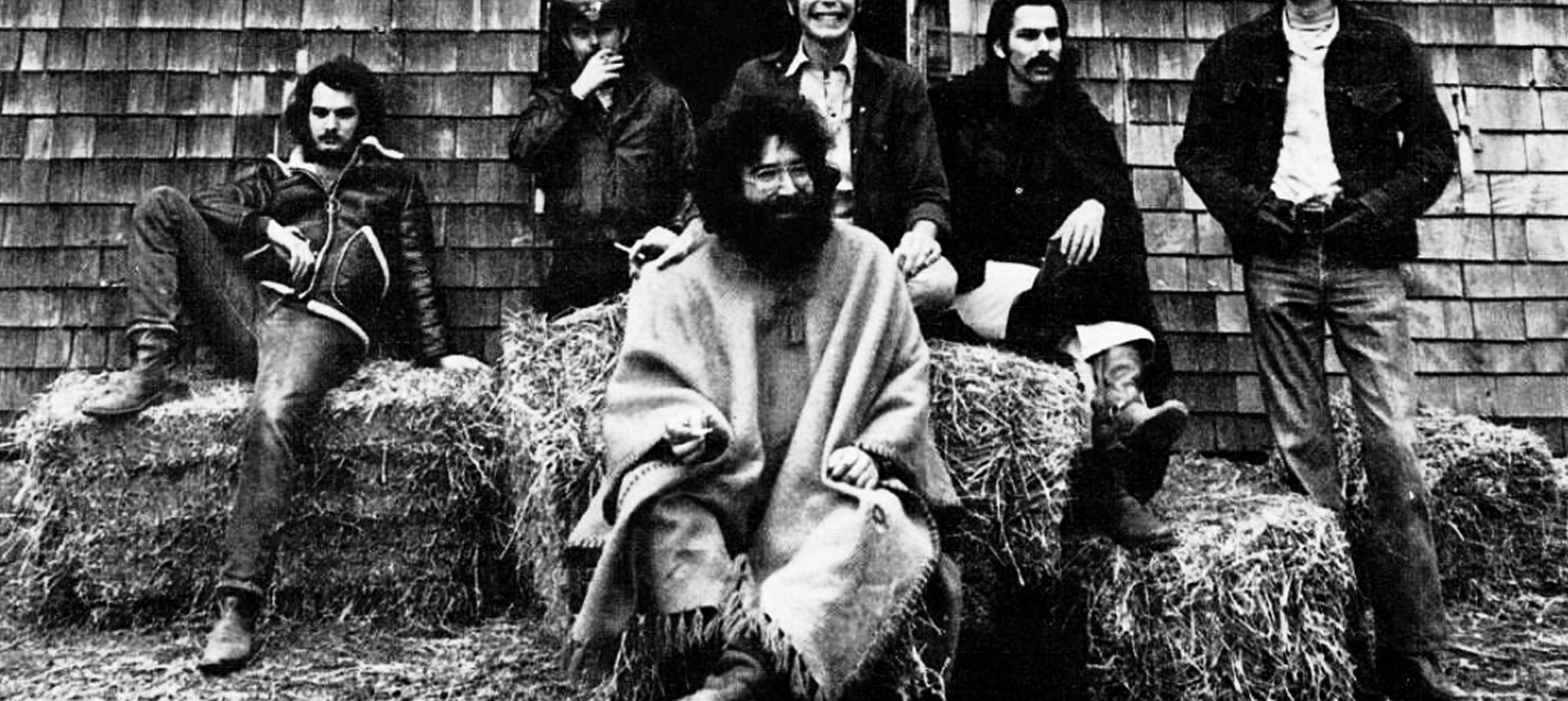
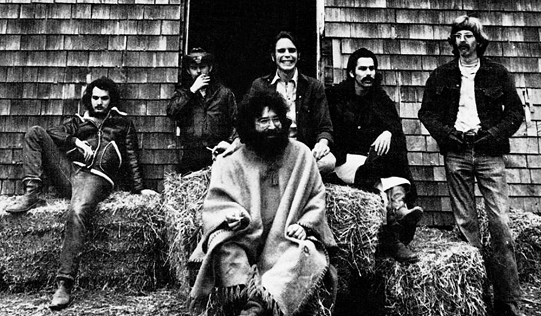

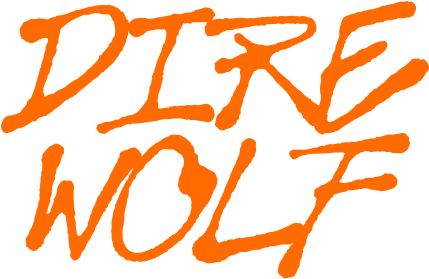

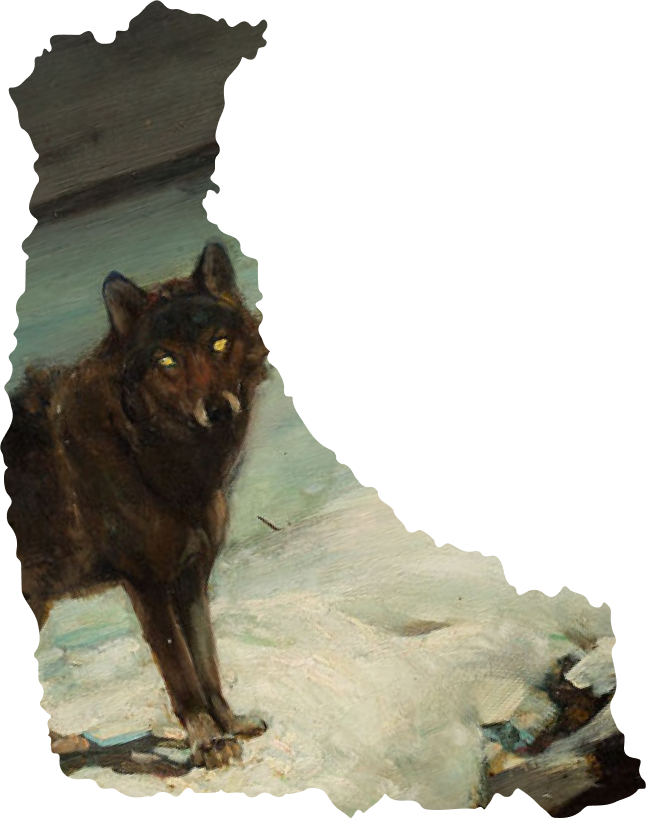


"Dire Wolf" is a ballad by the Grateful Dead, released as the third track on their 1970 album Workingman's Dead.
The band, in their self-described "postmodern, post-christian cosmology" often used motifs to symbolize themes. In this song, the dire wolf represents the devil, whom they claim to have invited in for a good time and a game of cards.
THE SONG
[ Music ]
Dire Wolf
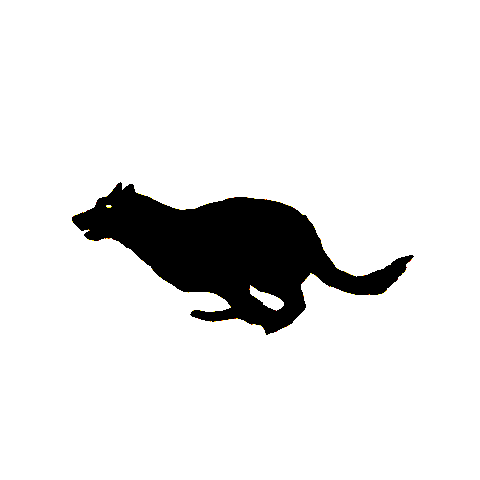




Playlist Big BadA$$ Wolf
v0l. 01
Wolf Pack
Wolf Pack
Wolf Pack
Wolf Pack
Wolf Pack
Wolf Pack
Wolf Pack
Wolf Pack
Wolf Pack Wolf Pack
Wolf Pack
Wolf Pack
Wolf Pack
Wolf Pack
Wolf Pack
Wolf Pack
Wolf Pack
Wolf Pack
Wolf Pack
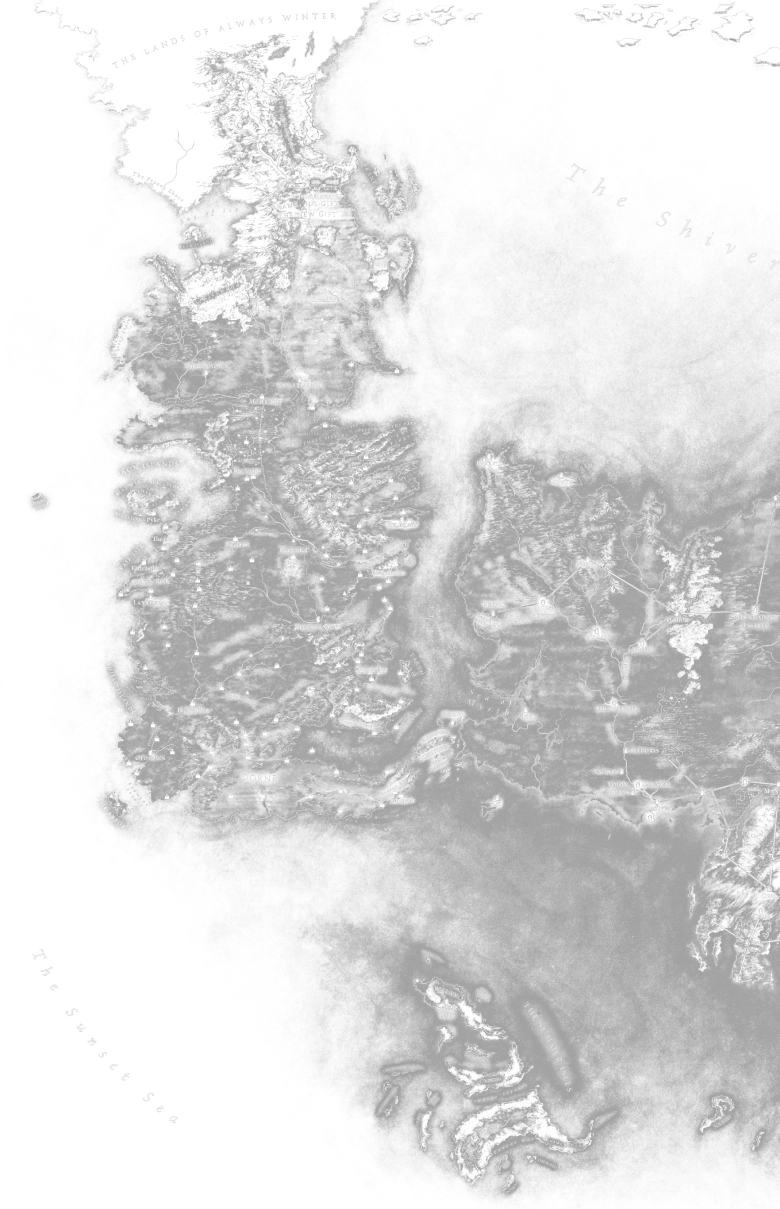

Game
of THRONES

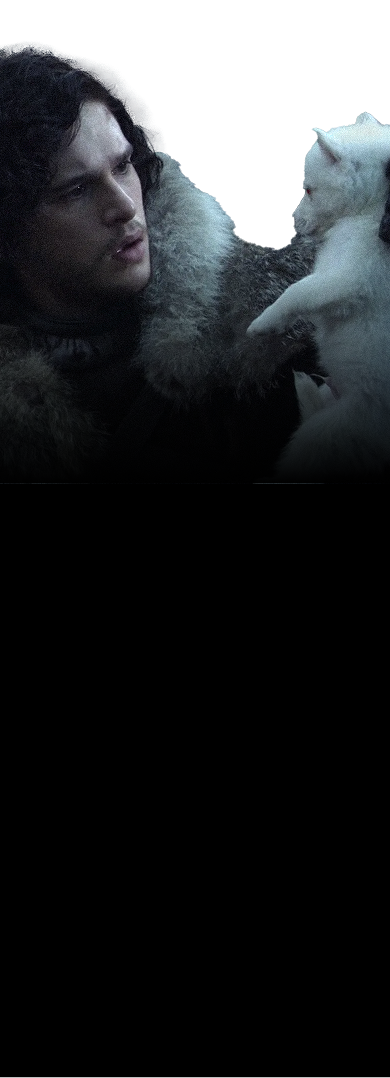
“This is truly mesmerising. To see with my own
eyes this beautiful animal that for years I could only imagine... Is real and is back on earth and exists is a stunning thing. That a direwolf, a ‘Ghost’, has been brought back to life is very emotional. Having spoken at length to Ben and the team at ColossAl and heard their vision for what the company can and wants to do. I personally feel encouraged that this is science that can help prevent and undo some of the ills we have inflicted on the natural world as a species whilst bringing us back some of the great wonder and joy we have been stripping ourselves of.”
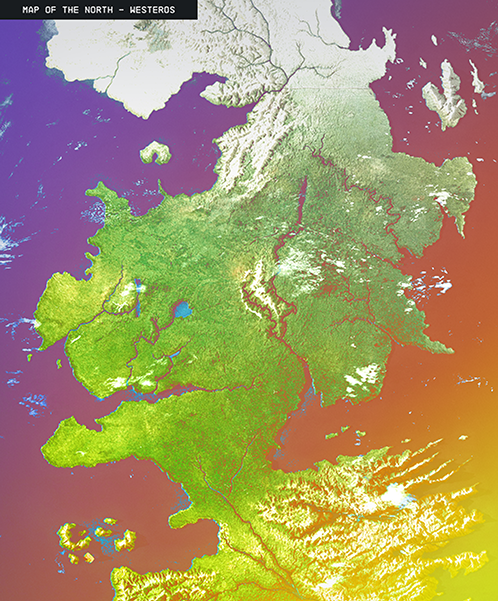

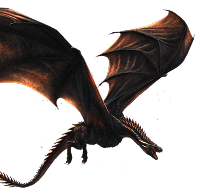

Game of Thrones, a television series which captivated audiences all over the world, is perhaps the most responsible for the dire wolf’s pop culture fame. Although the show itself is based off of George R.R. Martin’s popular fantasy novel series, producers tore these legendary canids from the pages and put them on nearly every screen in the nation for eight long seasons.
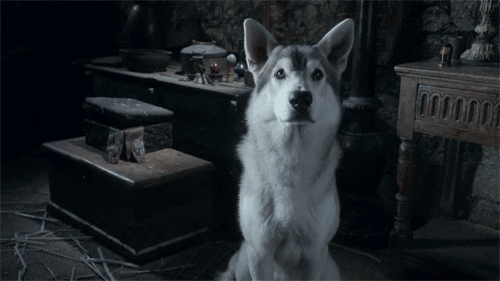 +
+
Grey Wind, named after his charcoal fur and impressive speed, was raised by Robb Stark.
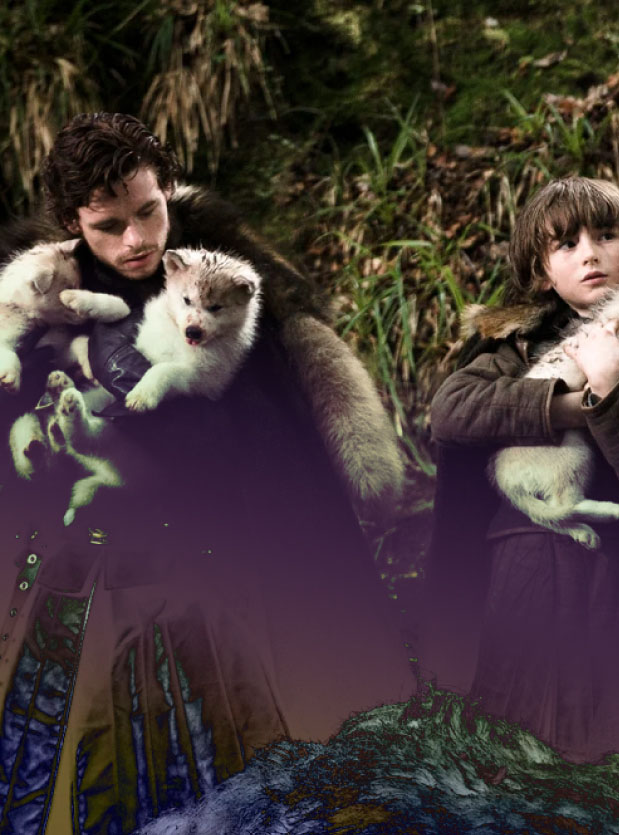 +
+
Five pups are given to each of the "trueborn" Stark children, as the dire wolf is the sigil of the Stark house. Jon Snow, an illegitimate sibling, receives the sixth puppy—a runt he names Ghost.
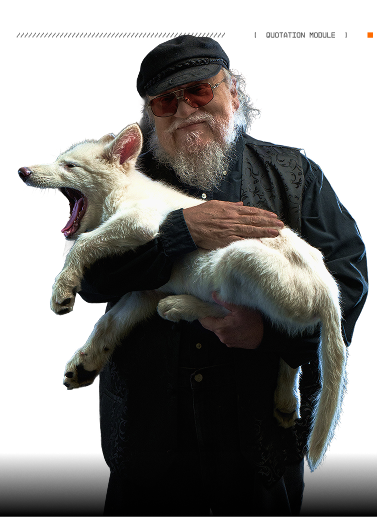

“Many people view dire wolves as mythical creatures that only exist in a fantasy world, but in reality, they have a rich history of contributing to the American ecosystem. I get the luxury to write about magic, but Ben and Colossal have created magic by bringing these majestic beasts back to our world.”
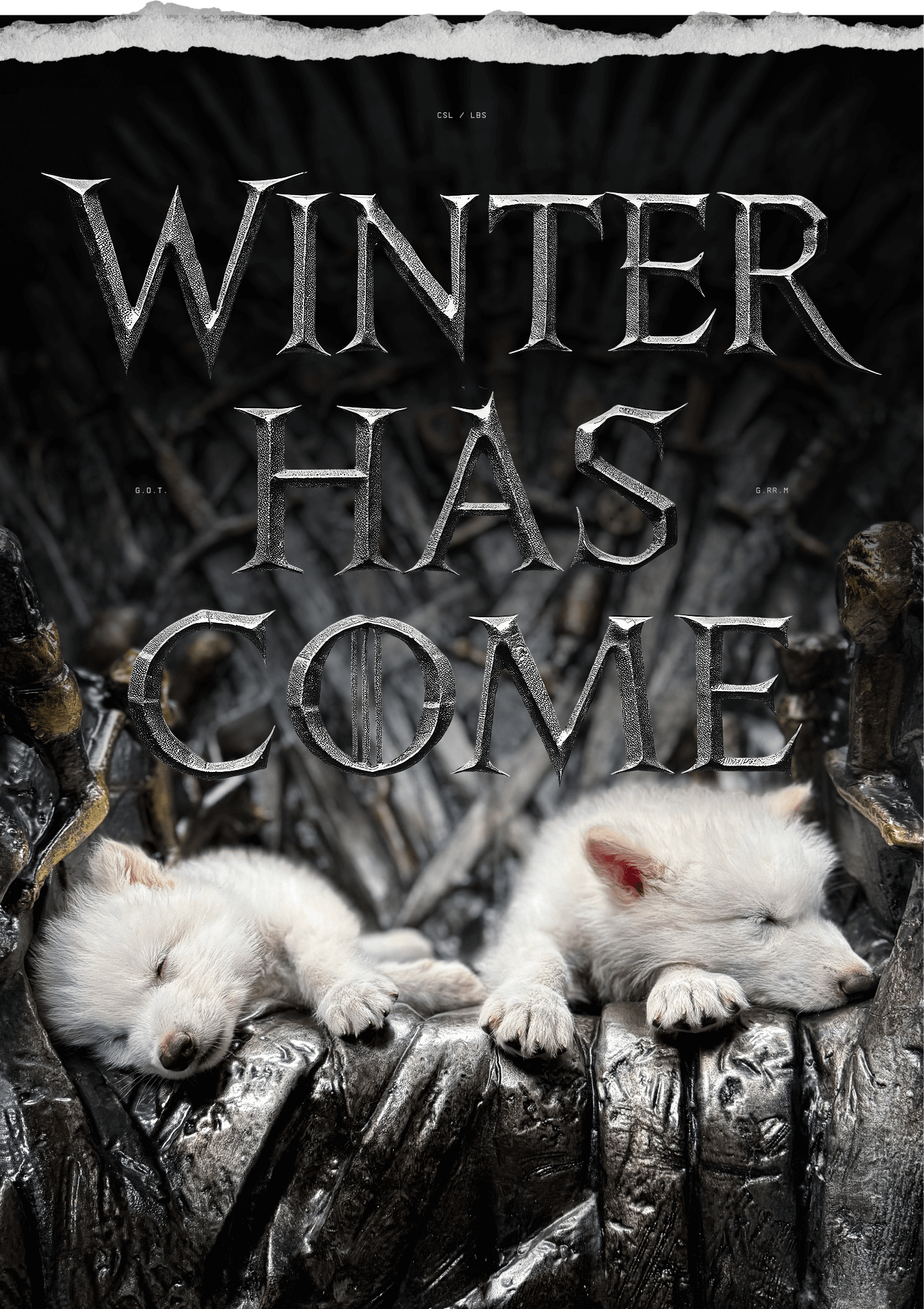
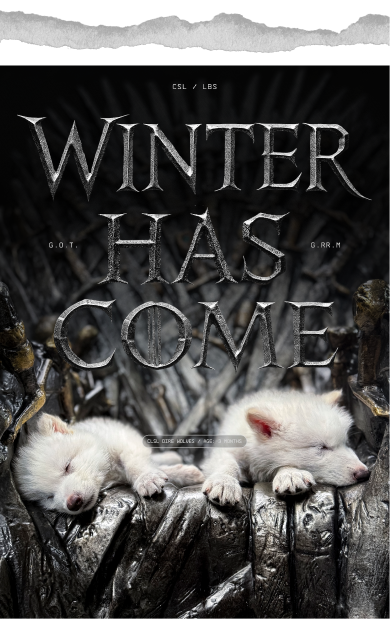 Clsl Dire Wolves / age: 3 months
Clsl Dire Wolves / age: 3 months


“For 15 years, dire wolves have been a huge part of my life, but only in stories and on screen–until now. Thanks to Colossal, we are getting to experience a monumental moment, not just for the return of the iconic dire wolf, but for science, for conservation, and for everyone who’s ever dreamed of the impossible.”

Sophie Turner
Game of thrones actress
and wolf advocate
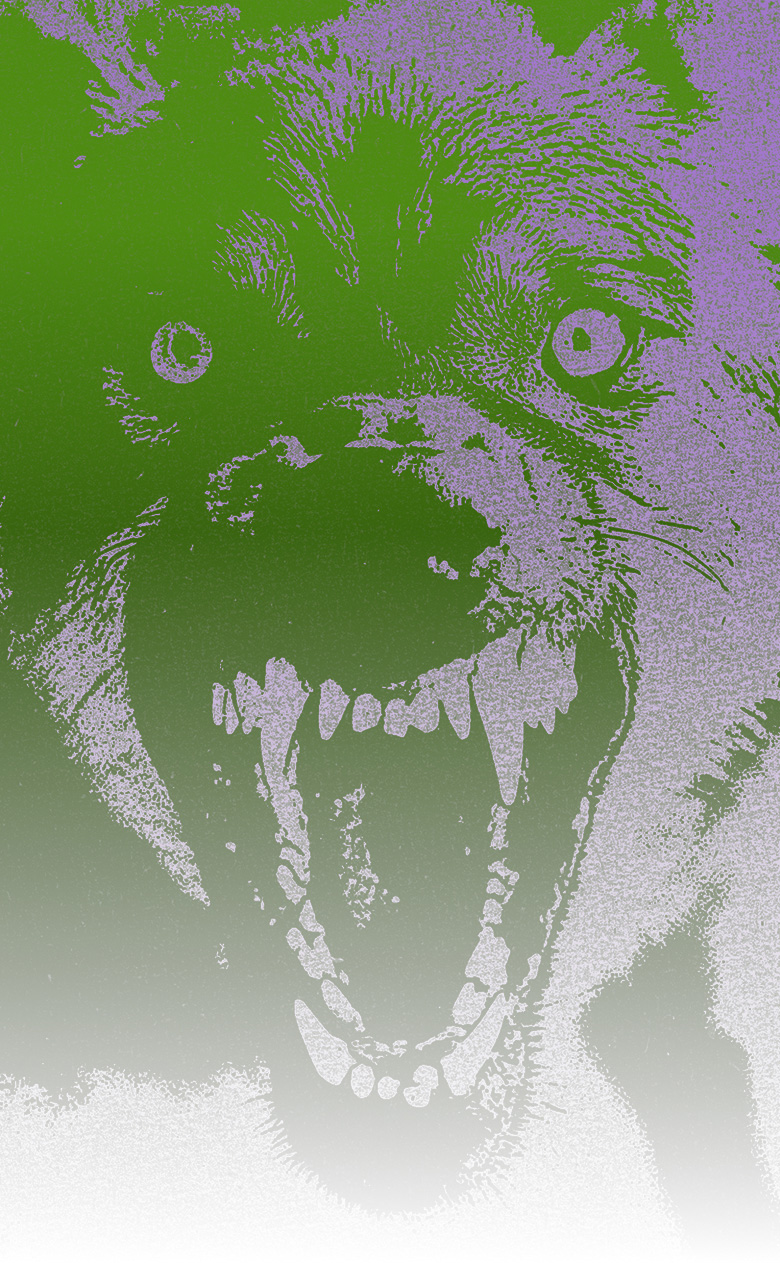


STATS
FACTS
Wolf Attack
& facts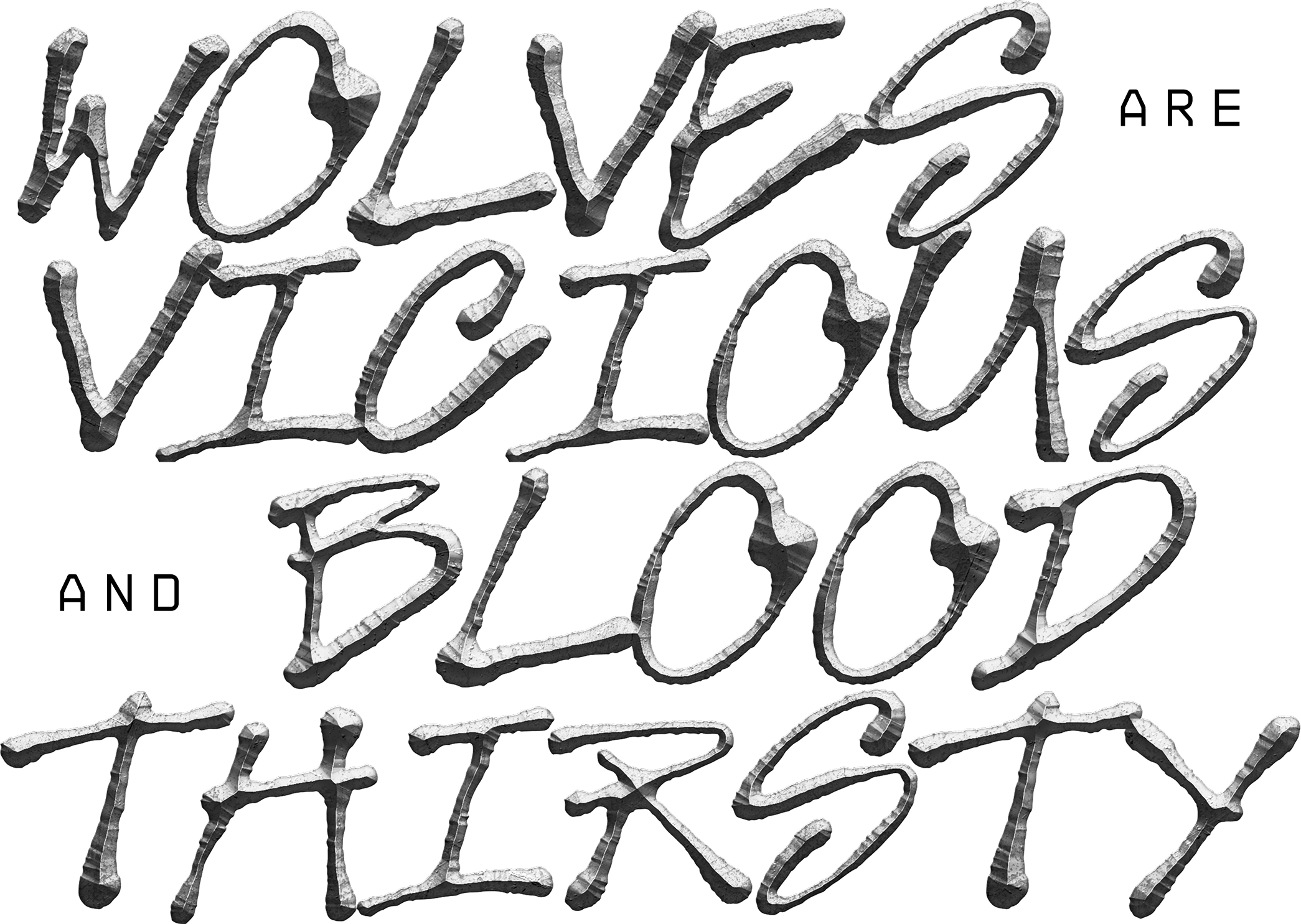


They hunt for survival and primarily feed on large herbivores. When wolves kill more than they can consume (a rare occurrence
known as surplus killing), they often return to the kill to consume the rest, sharing it with pack members and scavengers.
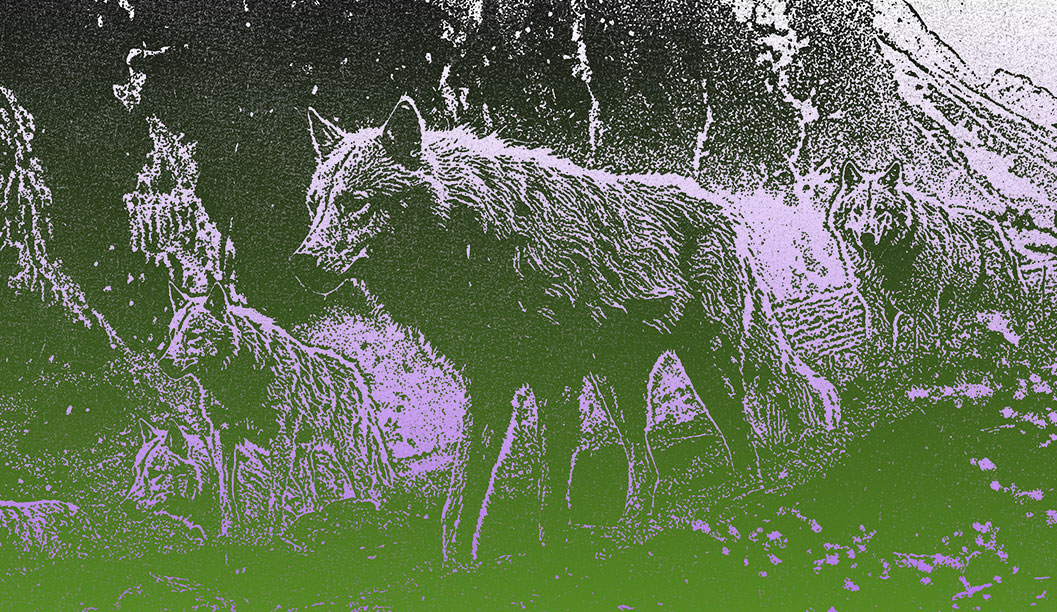
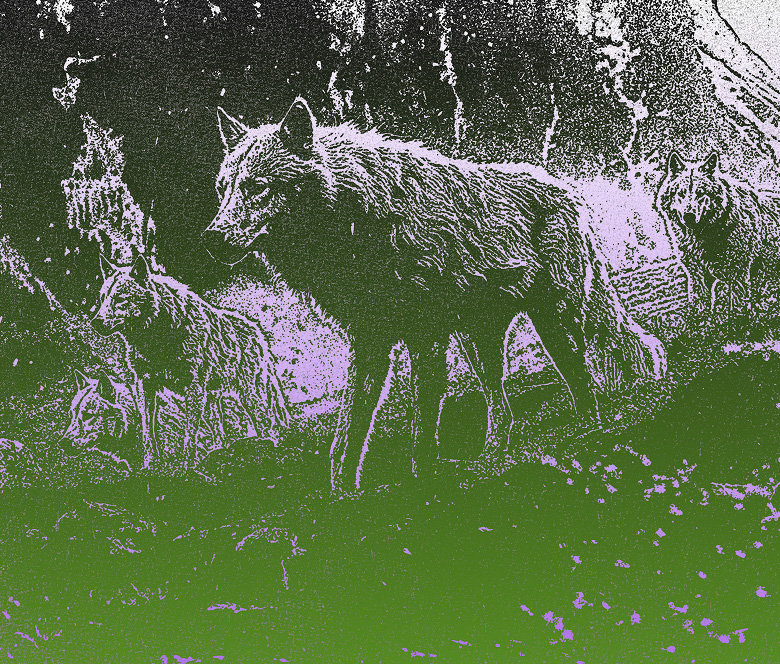
Ecological Role: Wolves' hunting behavior helps maintain ecological balance. For instance, the carcasses they leave provide food for scavengers including:









Pete
Davidson’s
GAME OF THRONES




The dire wolves in "Game of Thrones" have garnered fans all over the world, and celebrities are no exception. Hear what inspired comedian Pete Davidson to immortalize his admiration for the on-screen icons with a dire wolf tattoo.
A lone wolf is stronger than a hundred sheep
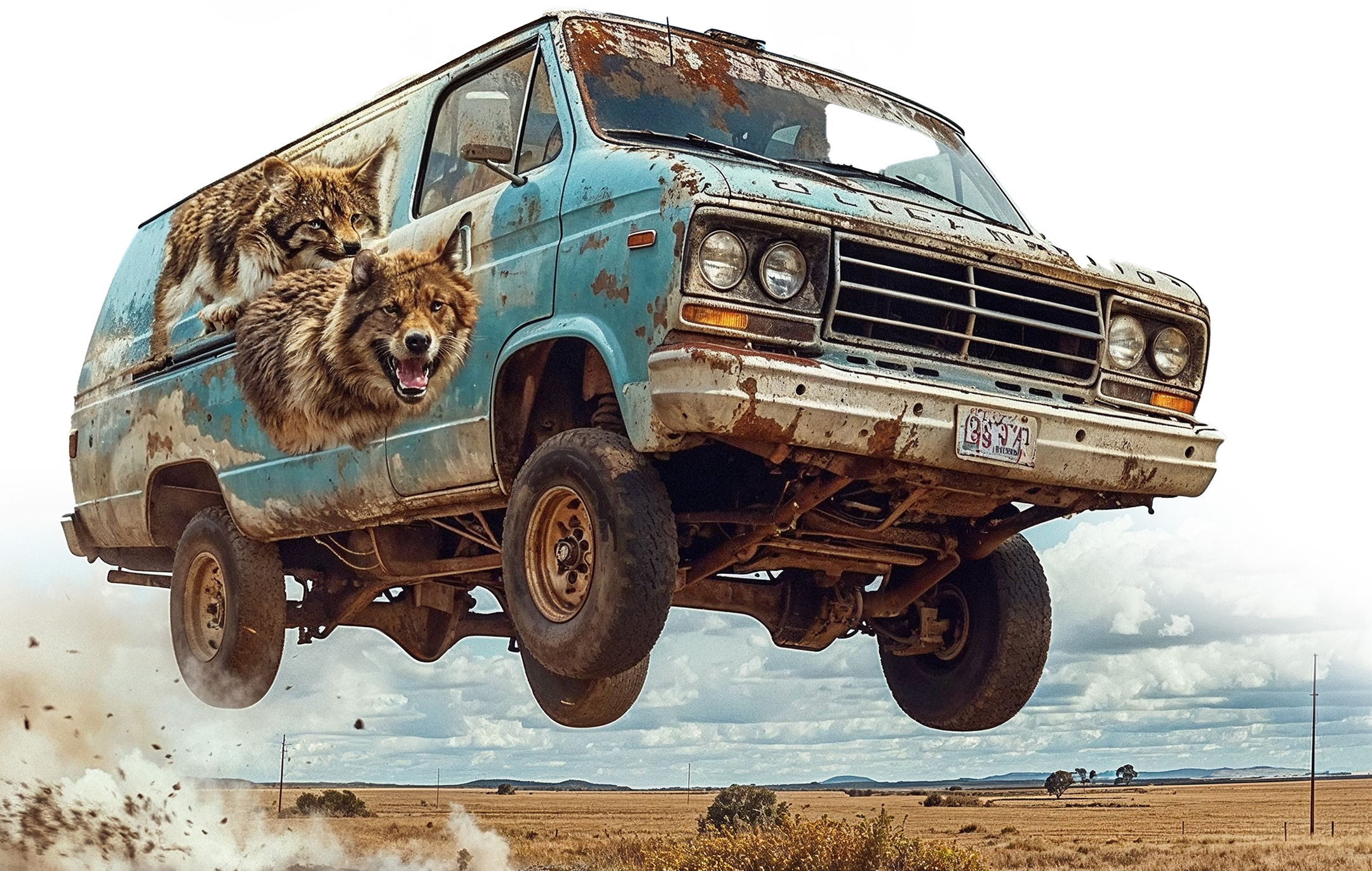



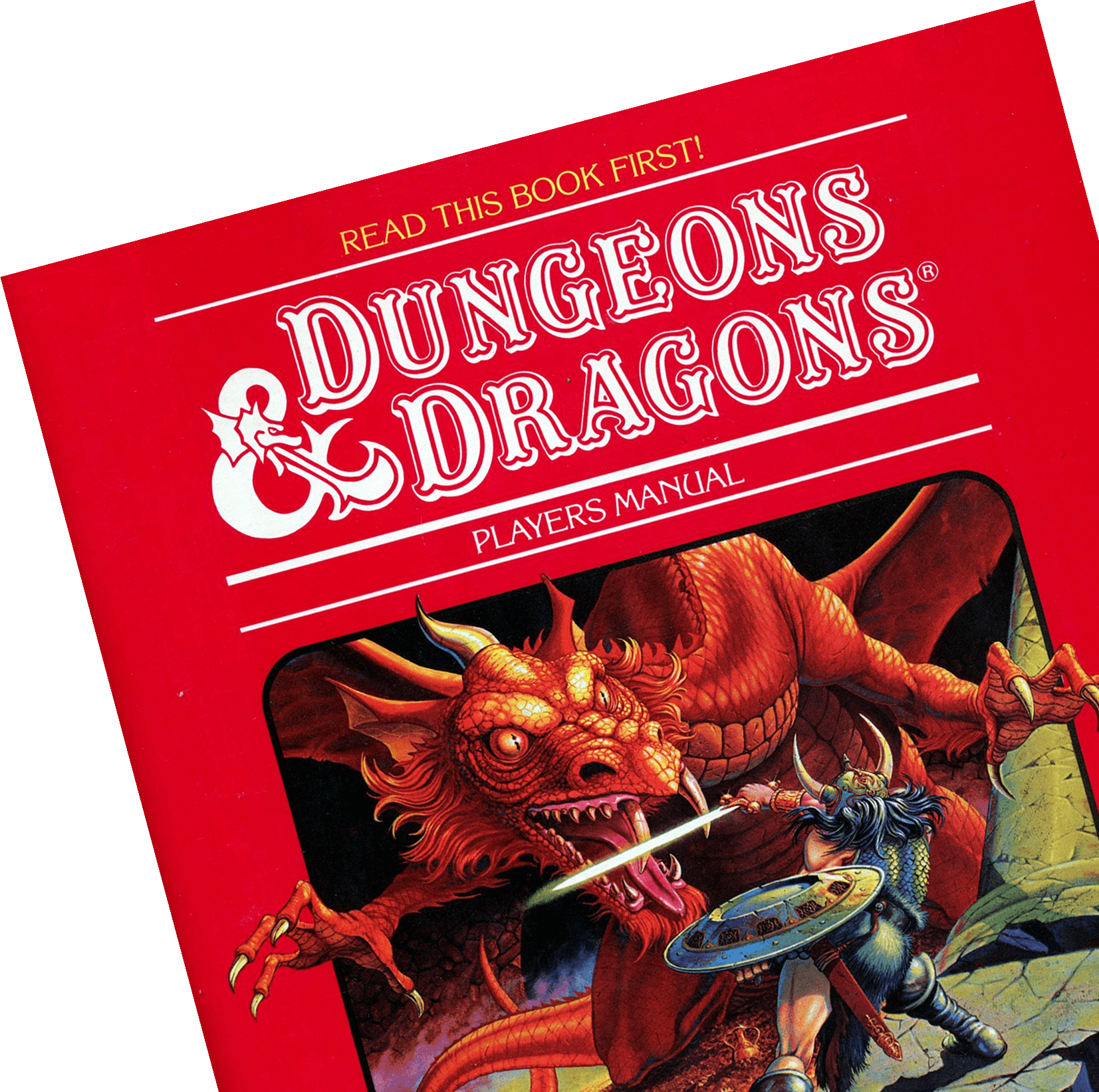


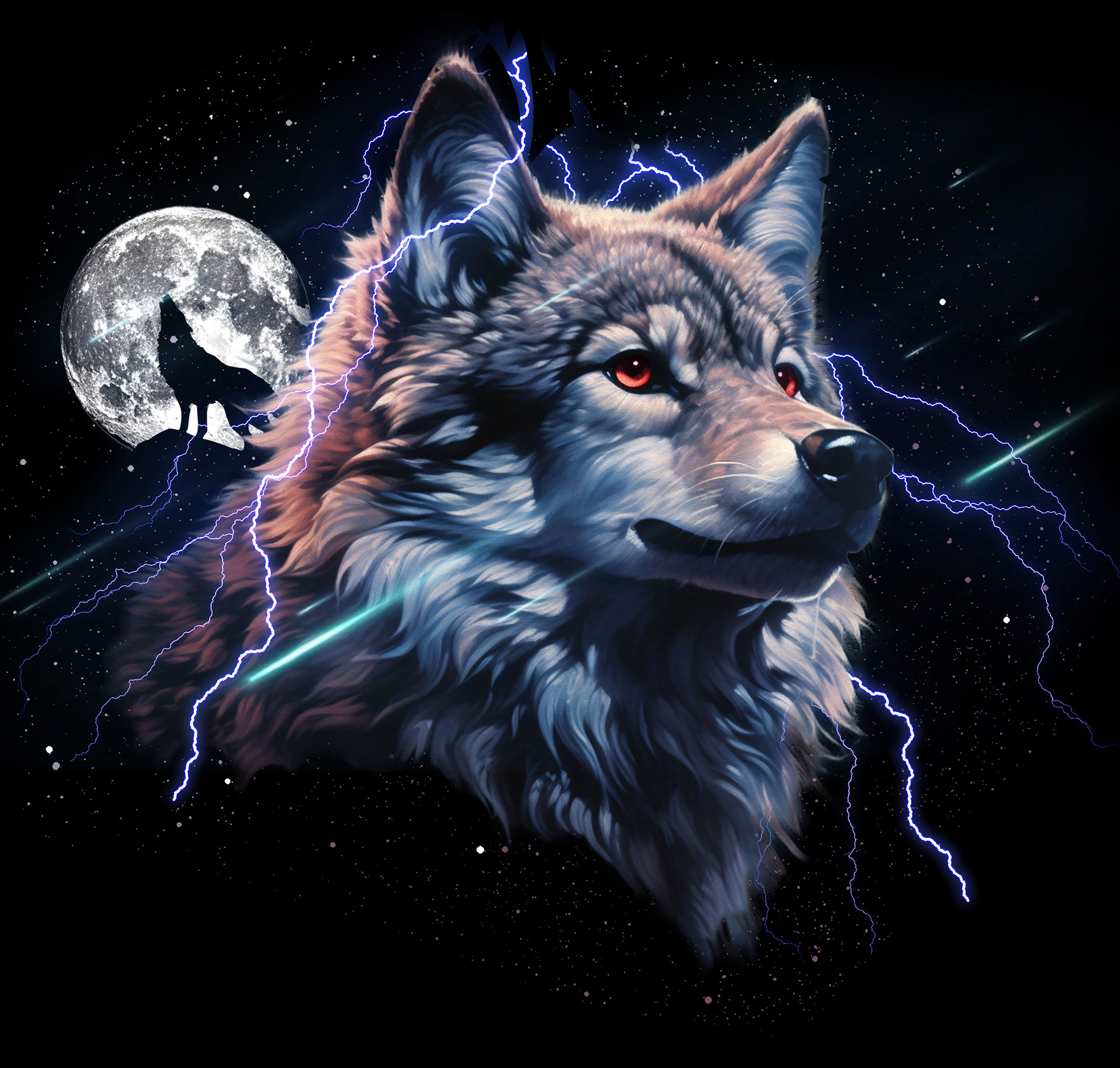
Embracing the Howl:
The Rise of Wolf
Nerd Culture
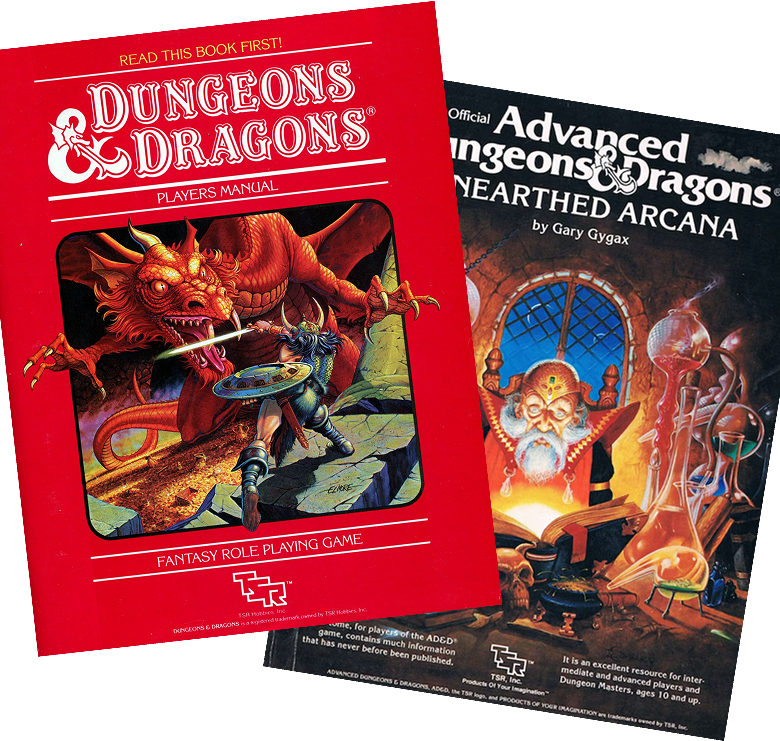
The positive use of wolves in symbolism exhibits our reverence of these mysterious animals and inspires a deeper connection to the wild.
From Dungeons & Dragons to Magic: The Gathering, wolves have remained a central character in the world of gaming and fantasy.


America’s Favorite Werewolf

joe manganiello

“What the public sees from Colossal is only the tip of the iceberg. Beneath the surface lies the eradication of genetic disease, total environmental balance, and the maximization of human potential. I was initially excited by the dire wolves but have stayed because I have been given a mind-blowing glimpse of the future.”
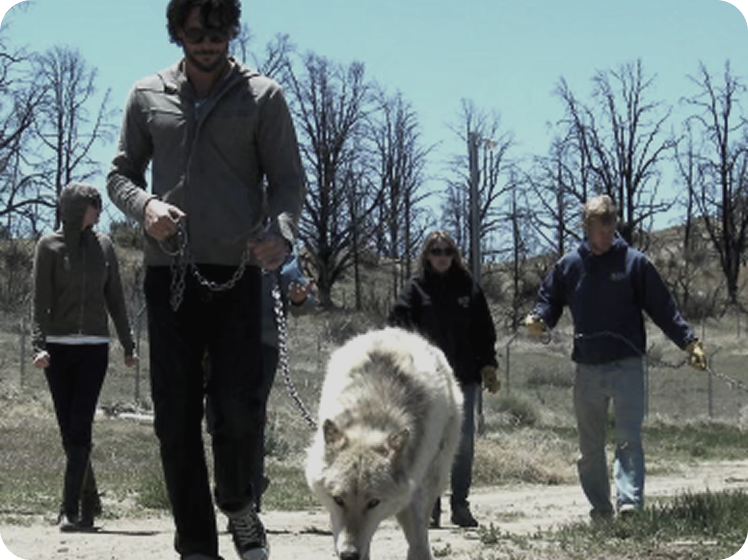
[ JOE WITH CO-STAR THUNDER ]

 [ TB-WW MODULE ]
[ TB-WW MODULE ]

JOE Portrayed
Alcide Herveaux

of
True Blood

of
Buffy the
vampire
slayer
Joe was voted America’s Favorite Werewolf. Just edging out fellow Colossal investor Seth Green.

WOLF ACTOR, “THUNDER”
TRANSFORMATION
GIVING CHASE
READY FOR A FIGHT
Source ////////////////////////////////////////////////////////////////// [ Editorial Archive ] ///////////////////////////////////////////////////////////////////////

DUNGEONS & DRAGONS CAMPAIGN

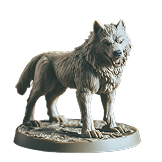
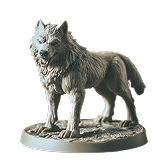
[ Players ]
BEWARE
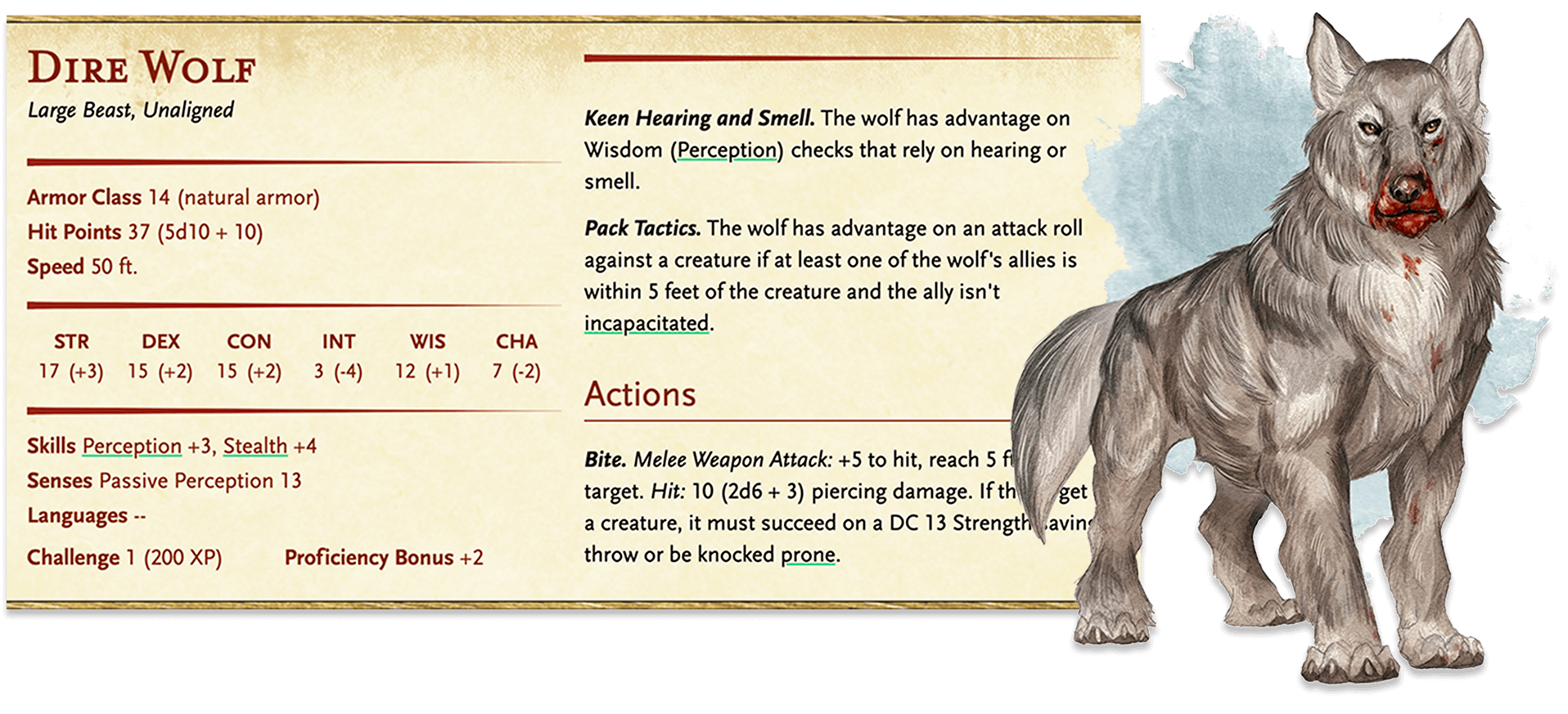
[ Players ]
BEWAR

Legendary Artists
Who defined the Art of

Artist
Profiles
These were arguably the most prolific and popular artists in D&D during the 1980s and 90s. Most of the D&D manuals, source books, adventures, novels and magazines of the 80s and early 90s featured the works of one of these five artists on their covers.
[ source ]Wolves have held a lasting presence in literature, often symbolizing the wild, the mysterious, and the instinctual. They are frequently portrayed as powerful and intelligent creatures, evoking both admiration and fear.


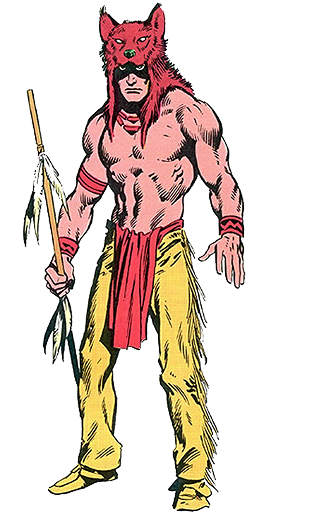
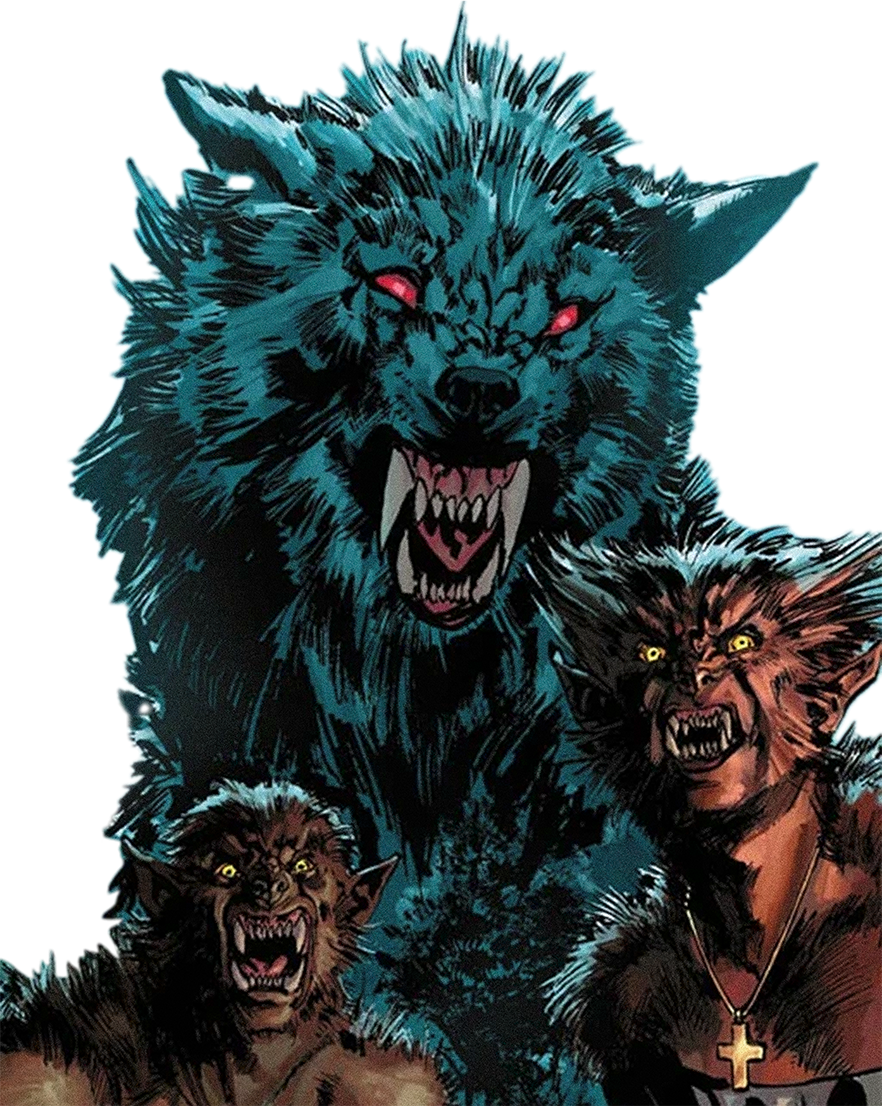
THE PHANTOM’s
Devil
[ a gray mountain Wolf and the loyal companion of the Phantom ]

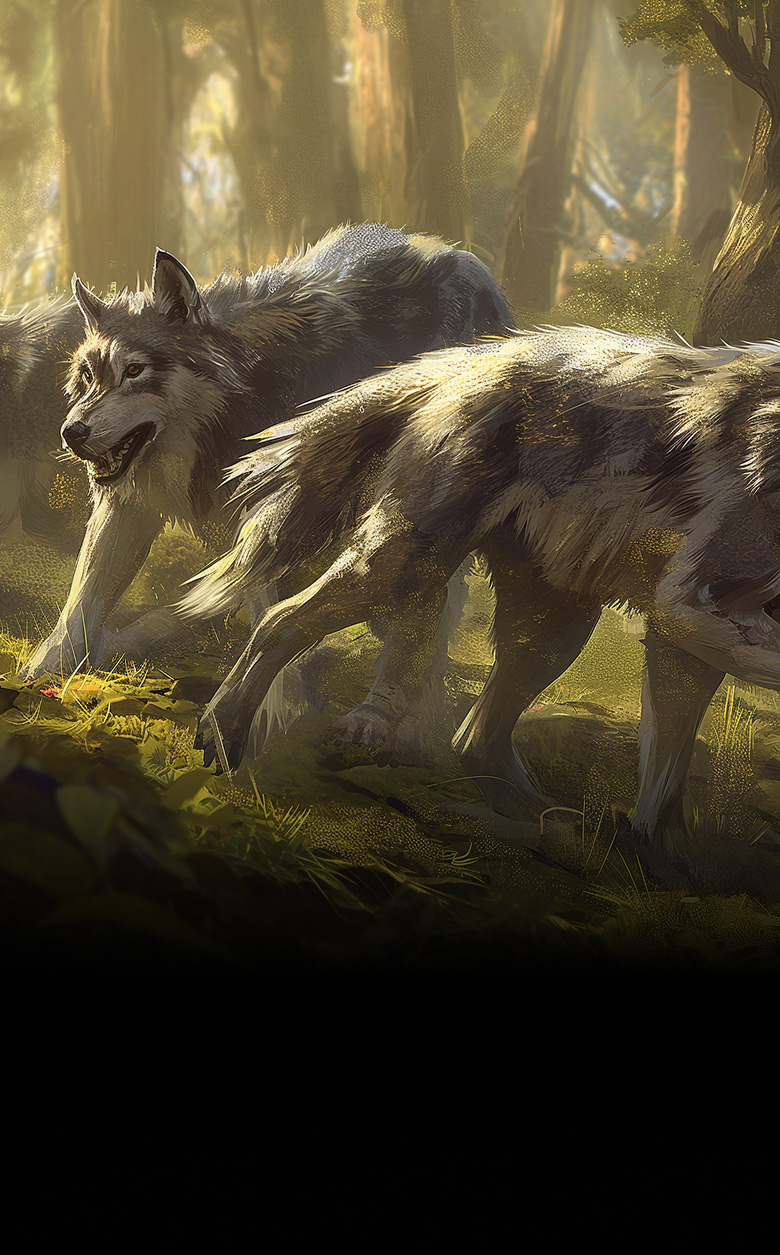
 [ Dire wolves of WOW ]
[ Dire wolves of WOW ]
LEEEEEEEEEEEEEROY JENKINS!







More
Wolves
More
Wolves
Of


Of the
Gaming world
the
Gaming
world

The Gathering Makes Magic Special.
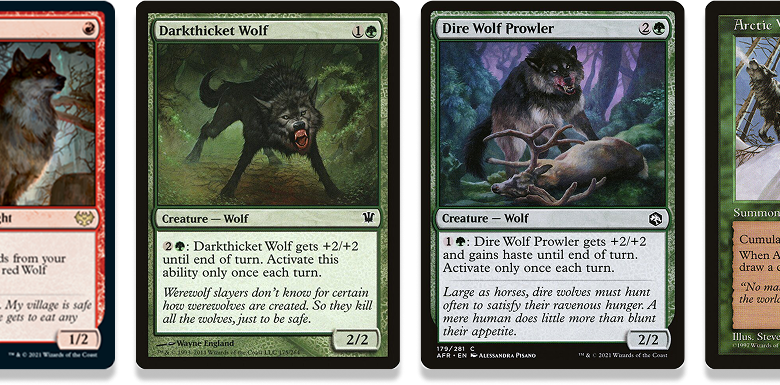

The
Big Not-
So-Bad Wolf
Wolves have long served as motifs in pop culture and entertainment. They're in our idioms, symbols and cautionary tales. For centuries, we have unfairly typecast a wild iteration of "man's best friend" as the villain in everything from film to folklore.
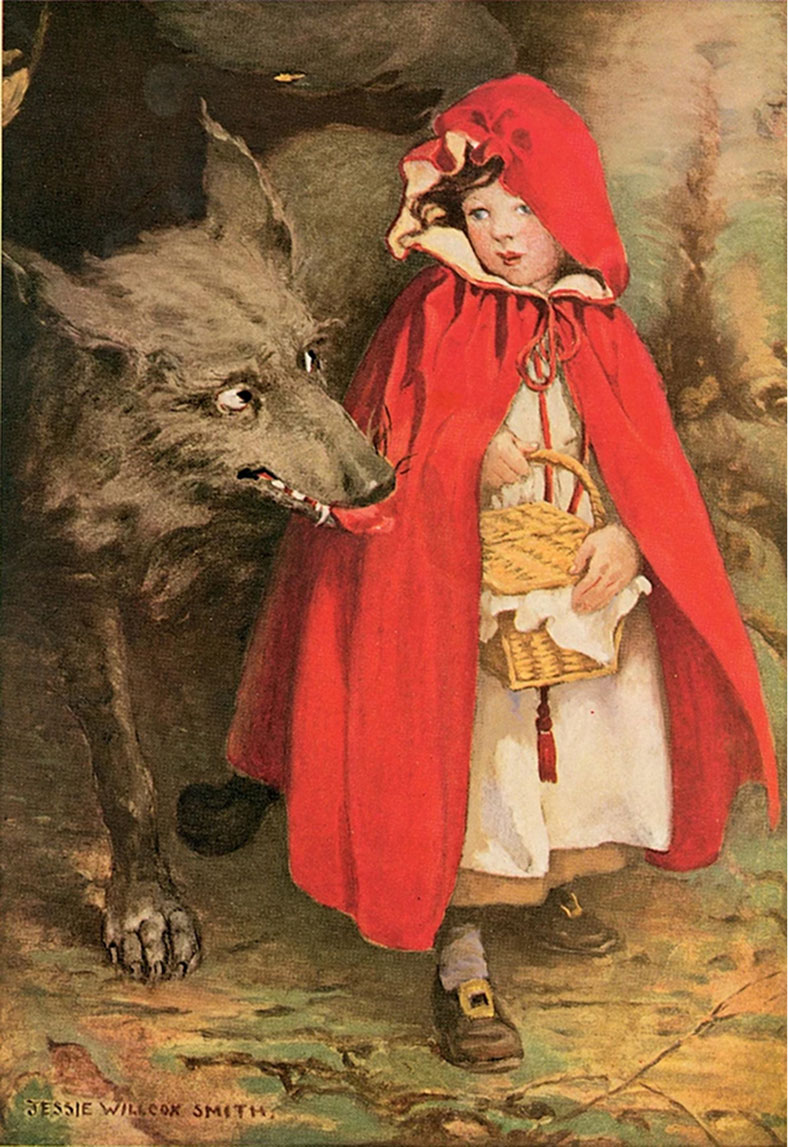
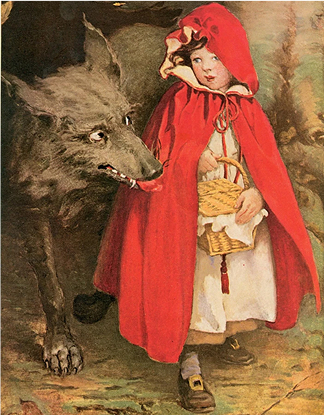
Wolves have long served as motifs in pop culture and entertainment. They're in our idioms, symbols and cautionary tales. For centuries, we have unfairly typecast a wild iteration of "man's best friend" as the villain in everything from film to folklore.
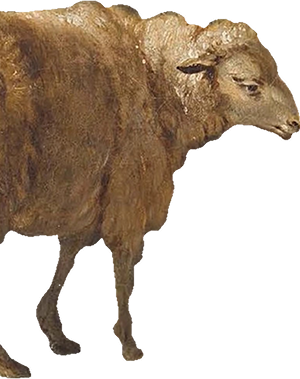

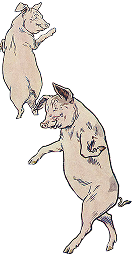

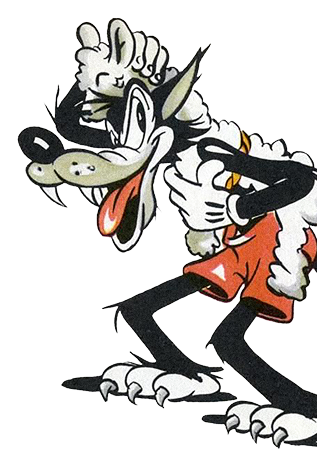
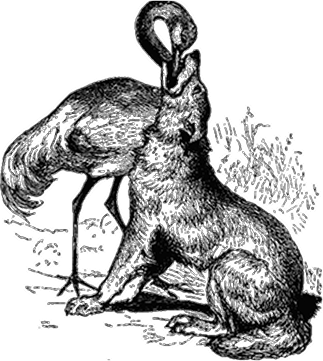
The world has been conditioned to believe that wolves are
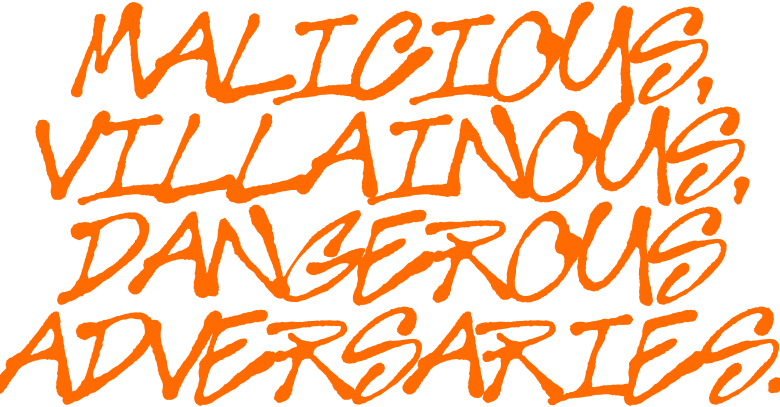
Nothing could be further from the truth.
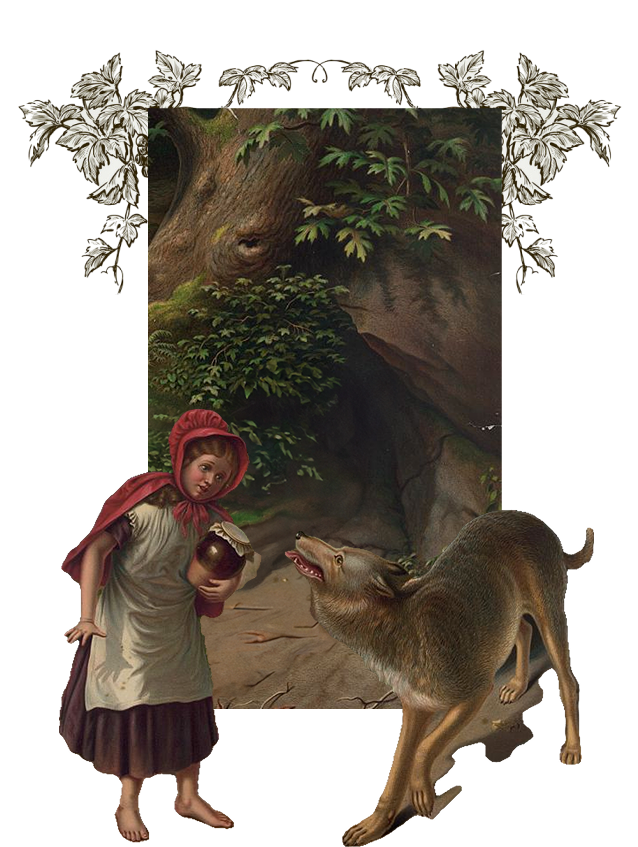
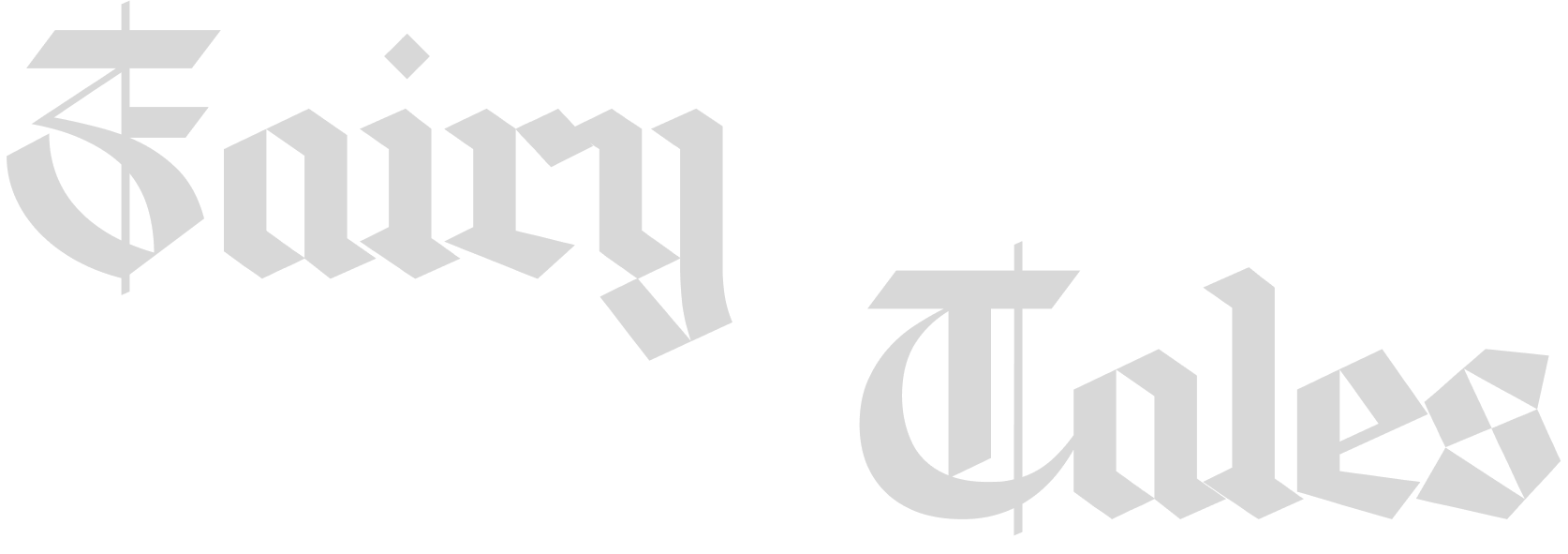
In old fairy tales, wolves are often portrayed as cunning and ruthless villains, preying on the innocent, like in "Little Red Riding Hood" where the wolf deceives and devours the grandmother.

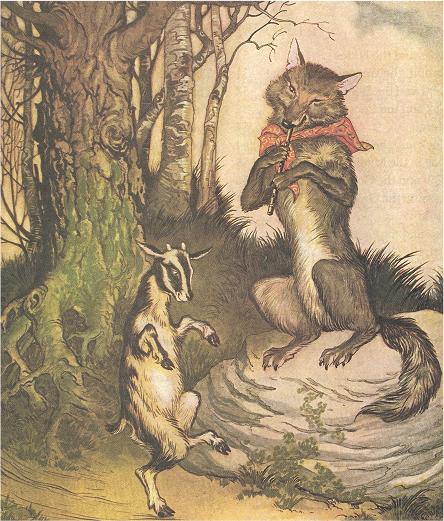
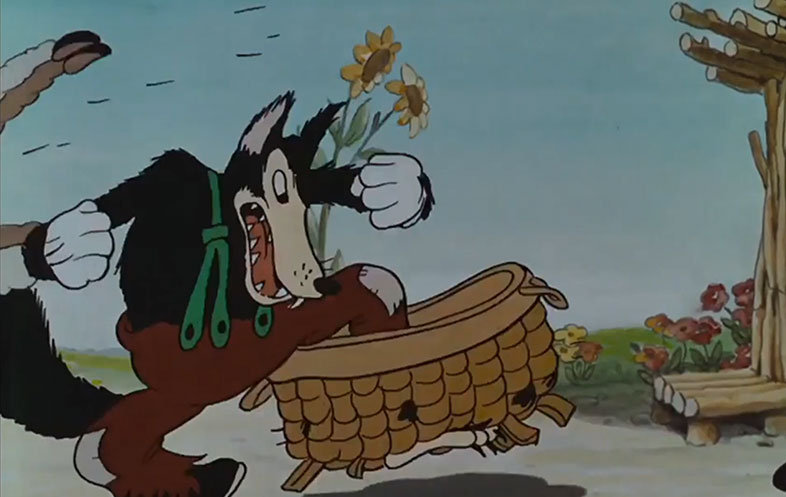
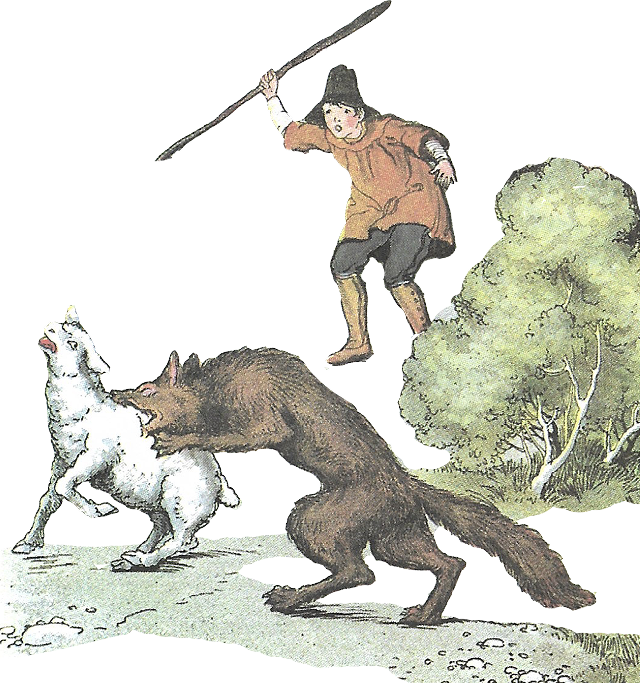
These stories depict wolves as symbols of danger and treachery, reinforcing fear and mistrust toward them. This negative portrayal perpetuates a stereotype of wolves as inherently evil, overshadowing their true nature as complex and social animals.
Learn about the realdire wolves and their return.+



NEGATIVE

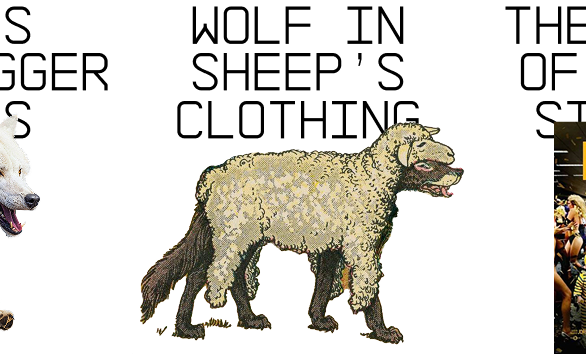

PHRASes
The harsh truth, that we've either rejected or haven't even considered, is much more nefarious. Because in reality, it's people who are the villains. We are humans in human clothing, inventing and -- perpetuating behaviors, then projecting them onto animals. Acts defined by our species—lying, scheming, malice, spite, greed—shrugged off onto the wolves, or sharks, or foxes of pop culture.
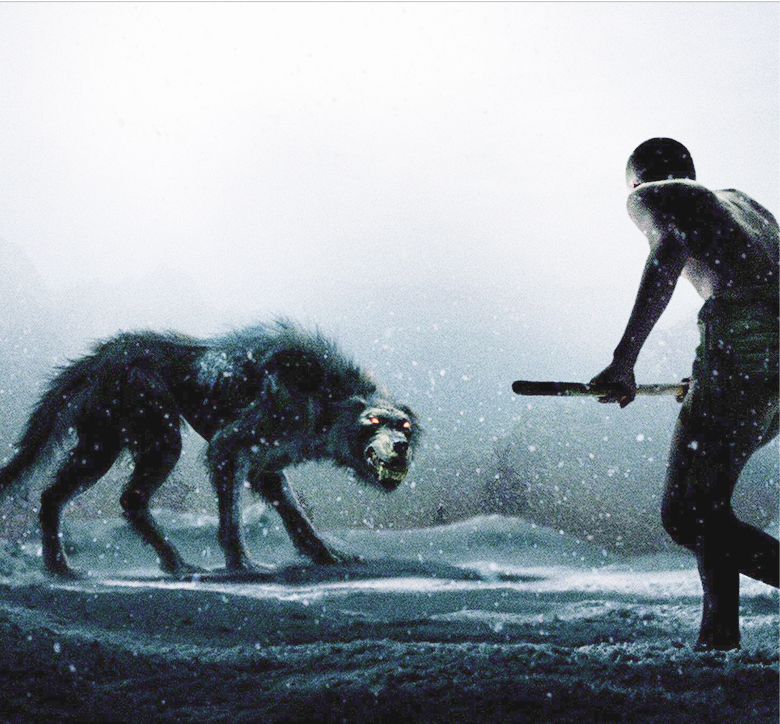








 Colossal PRESENTS The Persistent Depiction of
Colossal PRESENTS The Persistent Depiction of
Fearsome
Predators

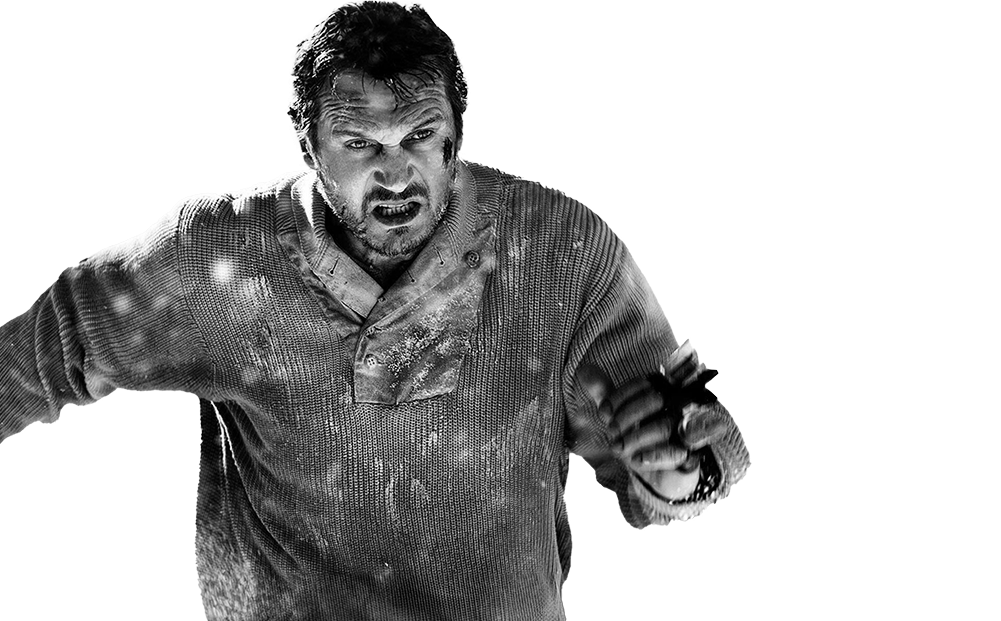
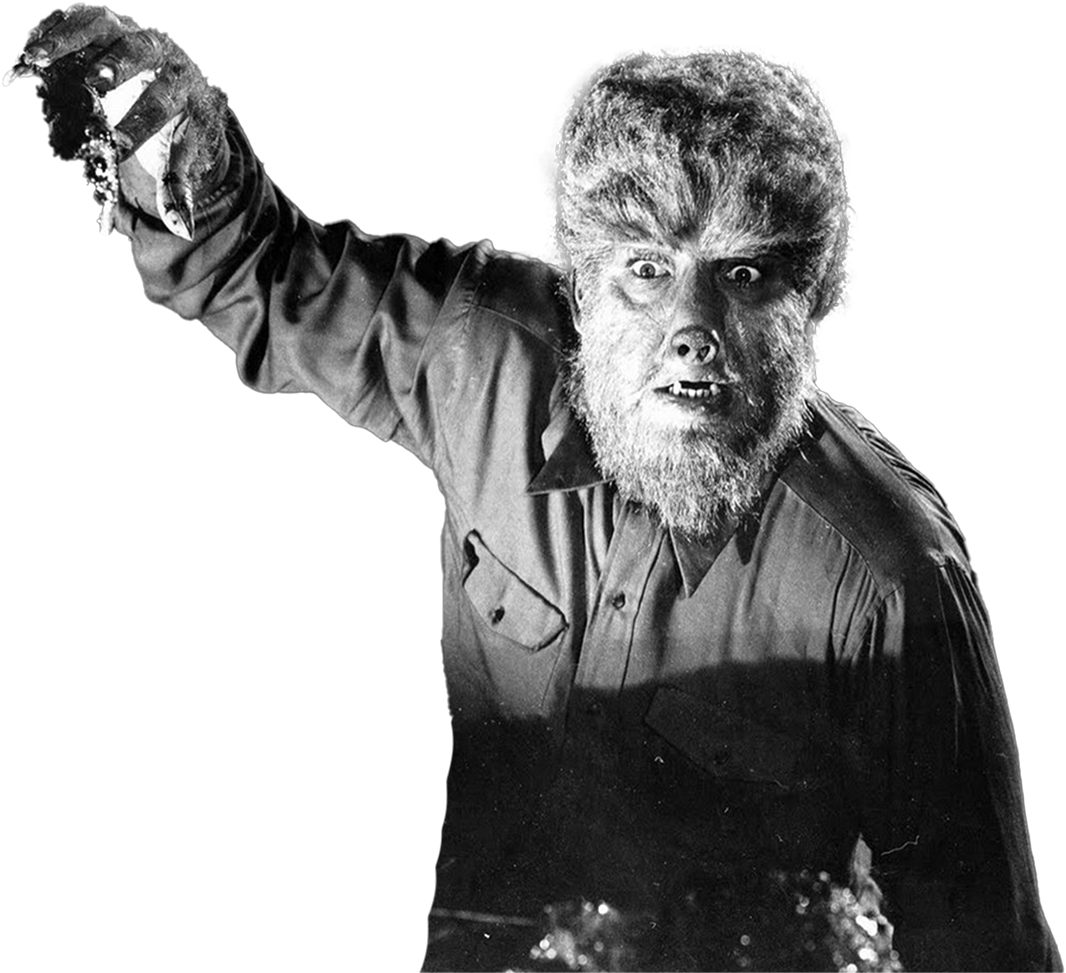
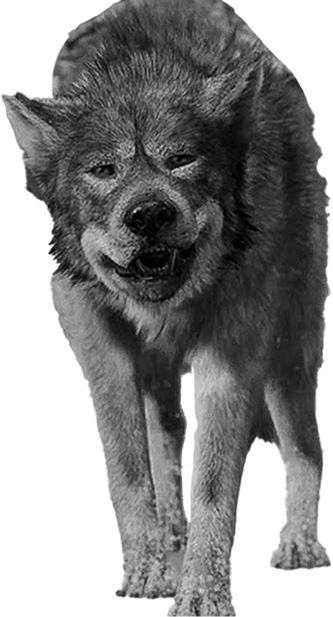

Wolves are depicted as
menacing predators in films like "The Grey," or vicious adversaries in "The Chronicles of Narnia," and terrifying monsters in werewolf movies, reinforcing their image as fearsome and dangerous creatures.


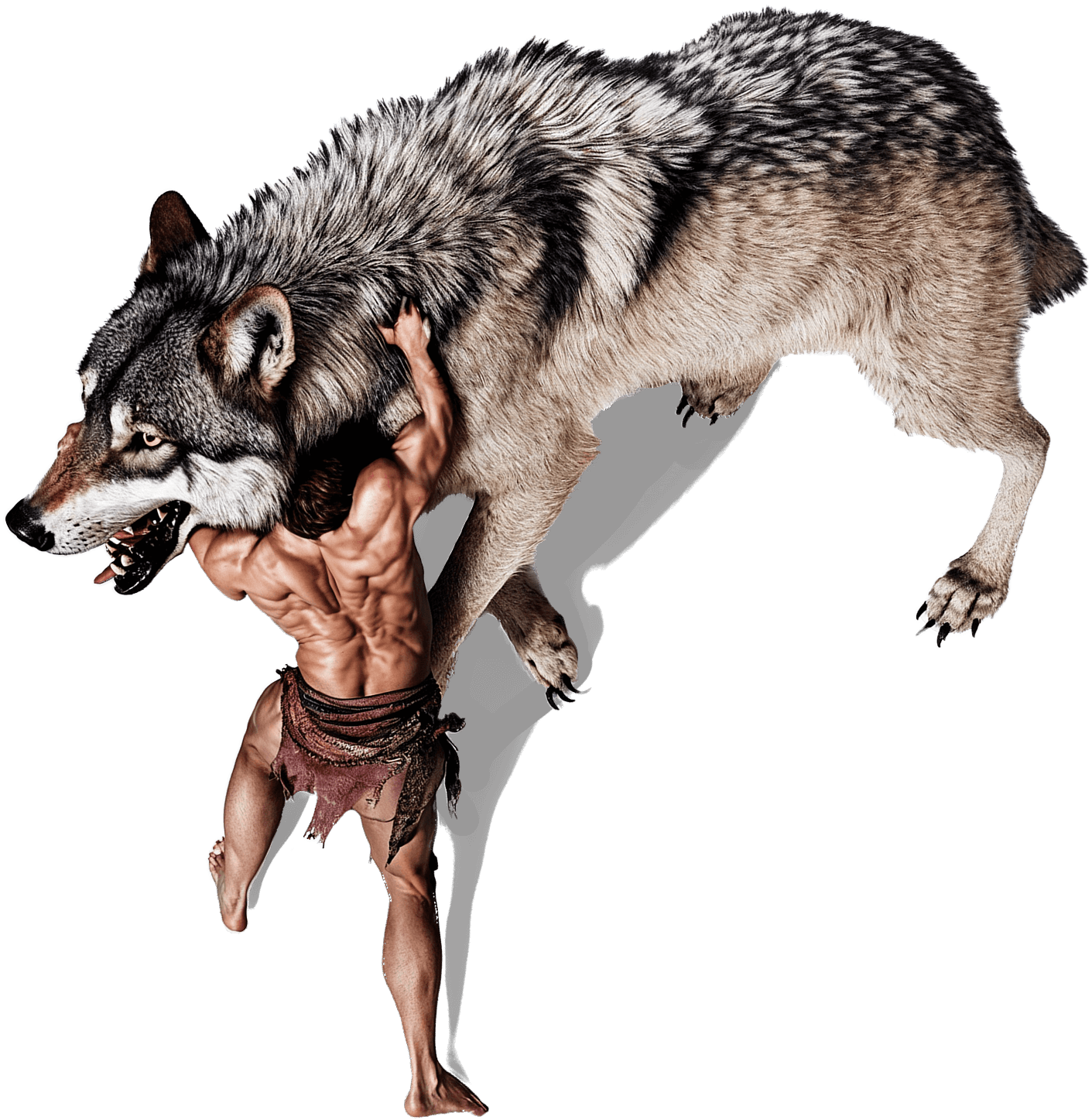

 [ STATS ]
[ FACTS ]
[ SERIOUSLY ARE YOU GETTING THIS YET? ]
[ STATS ]
[ FACTS ]
[ SERIOUSLY ARE YOU GETTING THIS YET? ]


Numerous successful coexistence strategies have been developed and worked.
Numerous successful coexistence strategies have been developed and worked.
Non-lethal methods, such as using fladry, guard dogs, and better animal husbandry practices have proven effective in minimizing conflicts between wolves and livestock.

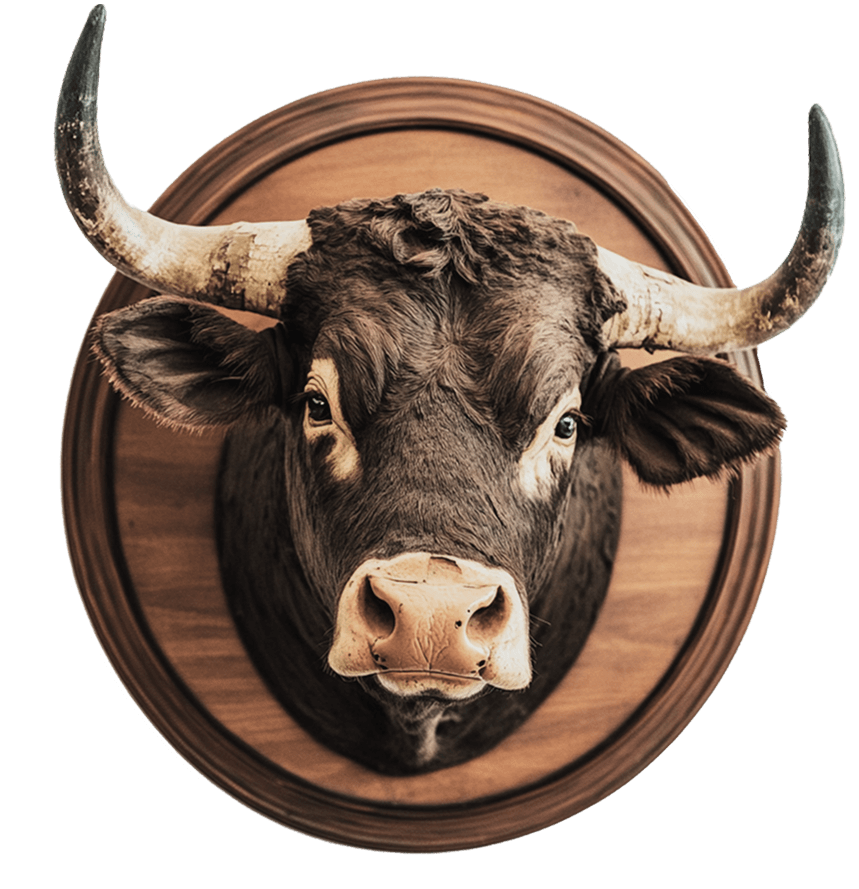
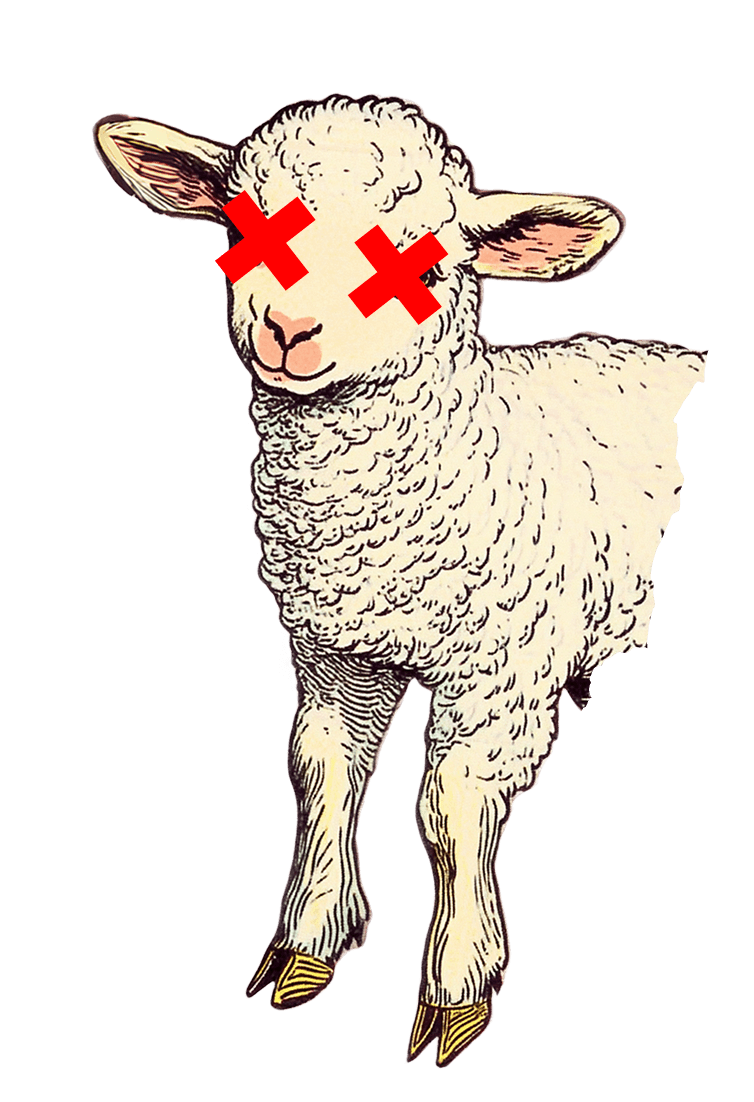



In areas like Montana, Idaho, and Wyoming, wolves are responsible for less than 2% of cattle deaths, with most losses attributed to disease, weather, and other predators like coyotes and domestic dogs.
An earlier 2015 report on cows found that wolves accounted for 0.7-1.5% of unwanted deaths.
Federal data showed sheep killings attributed to wolves only made up 0.8-3% of unwanted deaths in the Northern Rockies in 2020.
Overpopulated deer herds pose a significant threat to agriculture, causing extensive damage to crops and resulting in substantial economic losses for farmers.
In New Jersey alone, deer-related damage to high-value crops totals over $15 million annually (deer overpopulation problem). In Pennsylvania, deer damage leads to losses exceeding $20 million in corn and $15 million in soybeans each year (deer solution).
The financial burden extends beyond crop damage, affecting farming practices and reducing yields. The presence of predators like wolves can help mitigate these impacts by naturally controlling deer populations and maintaining ecological balance, thus alleviating the strain on agricultural communities.
Wolves are very cautious animals who generally avoid contact with humans.
[ Source ]Attacks are often provoked and occur when humans trap or corner wolves, enter their dens or interact with pups. There have been 0 wolf attacks in Yellowstone National Park since their return in 1995.
Context is key. Although we can learn so much from wolves, it's important to learn about them, first. Explore the facts below to gain a little insight—and a lot of perspective.
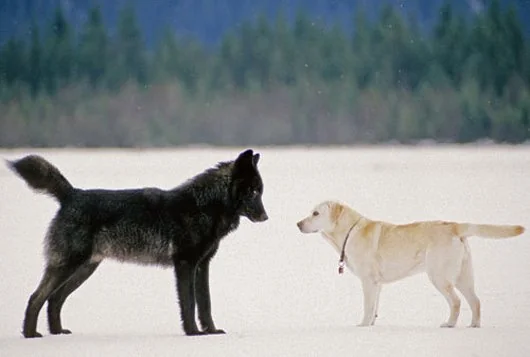
Not only are wolves one of the most social carnivores in the animal kingdom, they're the largest canine and a keystone (or critical) species in their ecosystem.
Mate For Life
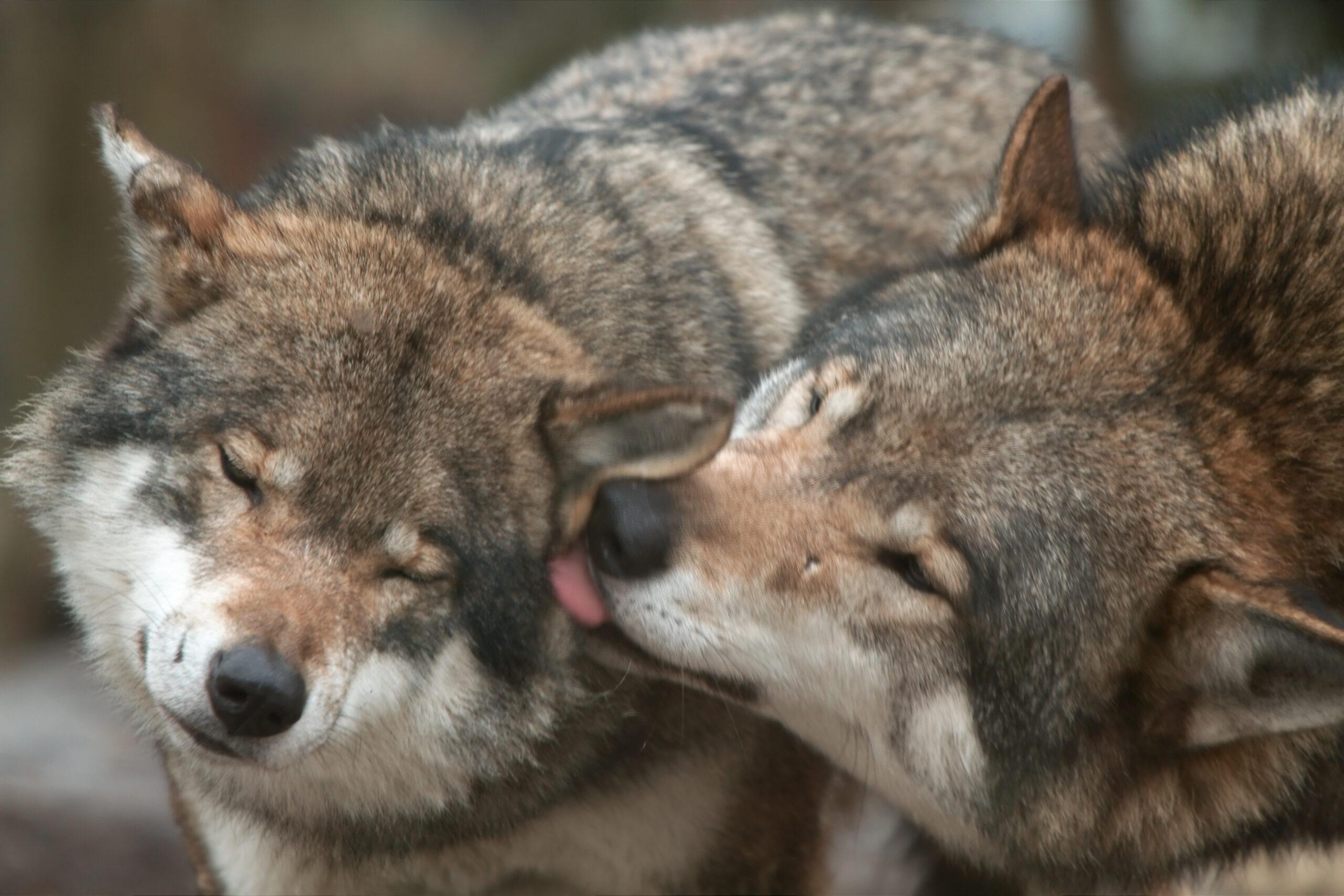
In grey wolf packs, typically only the alpha male and female breed, forming lifelong monogamous bonds that reinforce their leadership, ensure pack stability through annual litters, and allow alphas to more effectively assert dominance by defending a single mate rather than multiple partners.
Wolf Families
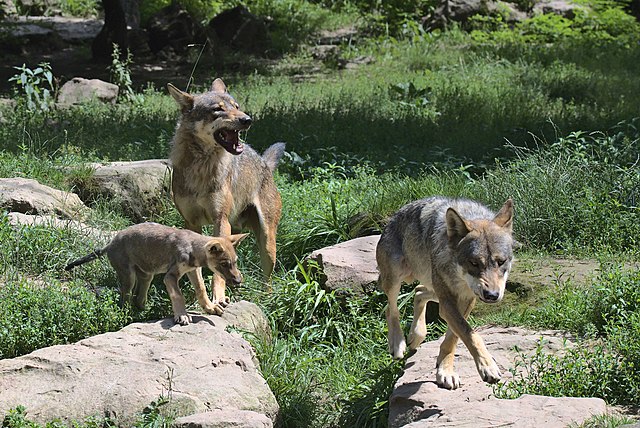
A wolf pack is typically a tight-knit family unit, led by a dominant male and female pair and made up of their offspring, all working together to survive and thrive in the wild.
Pack Size
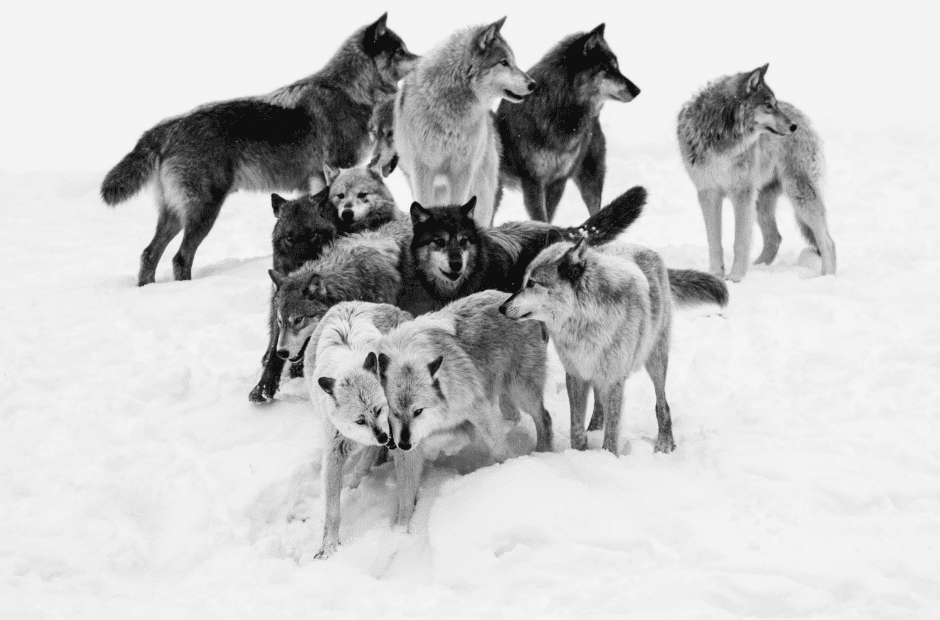
A wolf pack can range in size from just two to over thirty members, but they most often travel in close-knit groups of two to eight, maximizing both their strength and coordination in the wild.
Lifespan

Wolves can live as long as 13 years in the wild, navigating harsh environments with intelligence, resilience, and the strength of their pack.
Diet

In North America, wolves are skilled hunters that primarily prey on medium to large hoofed mammals like moose, elk, white-tailed and mule deer, caribou, muskoxen, and bison, playing a crucial role in maintaining ecosystem balance.
Territorial Packs
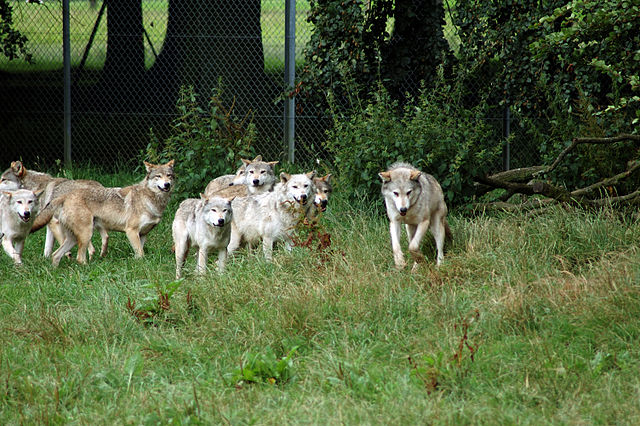
Wolves typically hunt in packs averaging around five members, though groups as large as 15 have been observed. They pursue their prey across open terrain, relying on teamwork and endurance. Highly territorial, wolf packs maintain expansive home ranges that span between 140 and 400 square miles.
Hunting

Some western states have observed that dense wolf populations can accelerate the decline of certain herds, particularly those already stressed by harsh weather, poor habitat conditions, heavy hunting pressure, or the presence of other predators like cougars and bears.
Ear Shape
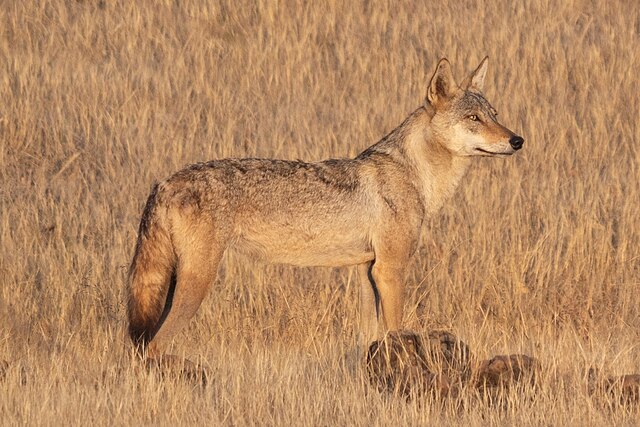
Wolves can rotate their triangular-shaped ears independently to detect sounds from 6 to 10 miles away, depending on terrain and wind—an ability that highlights why hearing is considered their sharpest sense after smell.
Jaw Strength
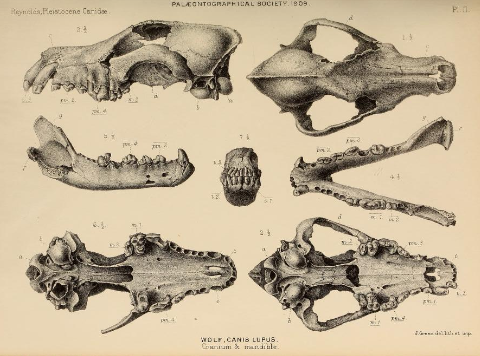
A wolf's jaw packs an incredible crushing force of nearly 1,500 pounds per square inch, powerful enough to break through bone with ease.
Life Longevity
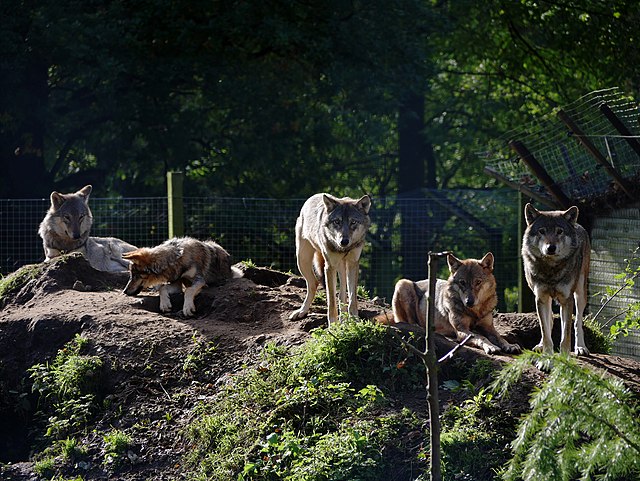
Wolves typically live 8 to 13 years in the wild, but in captivity, where threats are fewer and care is consistent, they can live upward of 15 years.
Swimming Strength
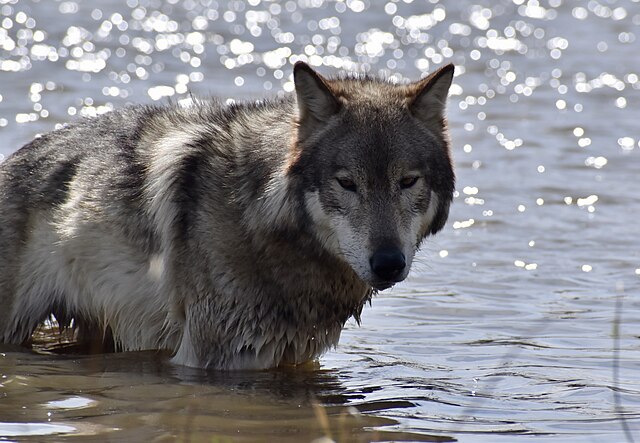
Wolves are strong swimmers and can cover impressive distances in water—sometimes swimming up to 8 miles in search of food, territory, or pack members.
Howling Wolves
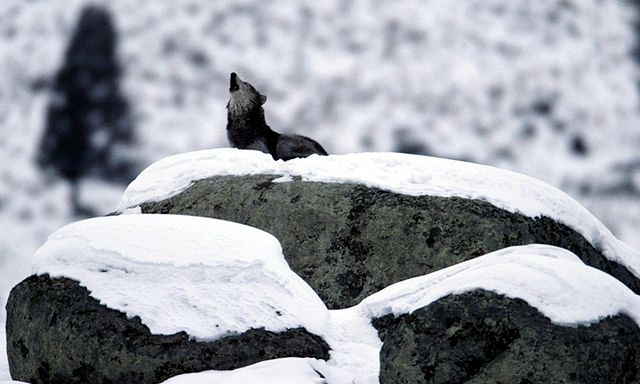
A wolf’s howl can echo across vast distances, carrying as far as 10 kilometers (over 6 miles), allowing pack members to communicate, coordinate, and mark territory across the wilderness.
The US Endangered Species Act
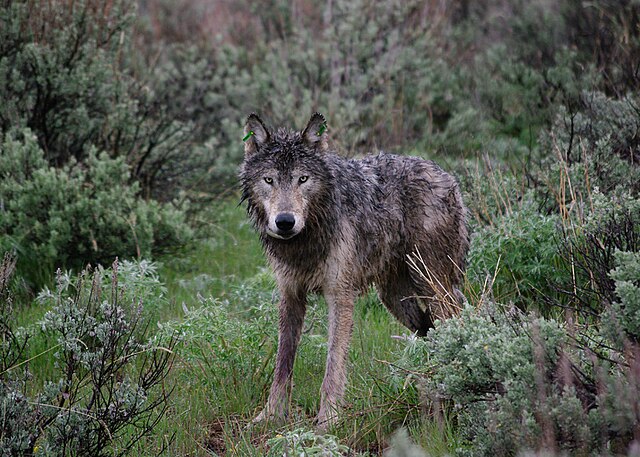
The red wolf and timber wolf were among the first animals to be listed under the U.S. Endangered Species Act in 1973, marking a pivotal moment in the nation’s efforts to protect and restore threatened wildlife.
Human Fatalities
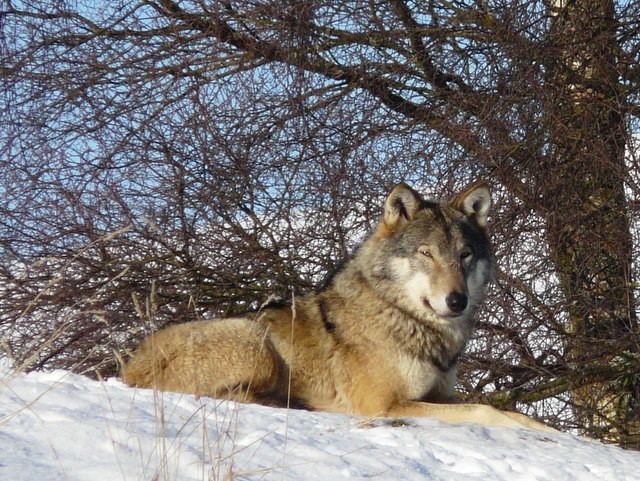
In the 21st century, only two fatal wolf attacks have been recorded in North America—one in Alaska and one in Canada—highlighting how rare such encounters truly are.

collective passion fosters a sense of belonging and appreciation for the natural world, making wolf love both a fun and meaningful pursuit.

 Merch
Merch



Quotation Module
“I’m so excited to be an investor to one of the most fascinating science companies today, Colossal. Last month Colossal showed the advancements made bringing back the woolly mammoth by presenting the world with the woolly mouse. And this month the company gives us another science first, the world’s first animal back from extinction - the dire wolf. The dire wolf will not only break into the pop culture zeitgeist, it will also raise awareness of what is possible in science which will inspire kids of all ages. This is just the beginning.”
“I’m so excited to be an investor to one of the most fascinating science companies today, Colossal. Last month Colossal showed the advancements made bringing back the woolly mammoth by presenting the world with the woolly mouse. And this month the company gives us another science first, the world’s first animal back from extinction - the dire wolf. The dire wolf will not only break into the pop culture zeitgeist, it will also raise awareness of what is possible in science which will inspire kids of all ages. This is just the beginning.”
Tom Brady
Colossal Cultural Advisory Board Member, Partner at Consello, Seven-time Super Bowl Champion



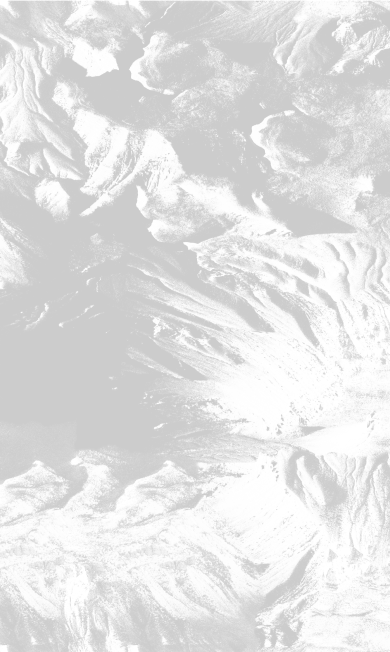

FOREVER IS TEMPORARY
EXTINCTION: NO LONGER A DEATH SENTENCE FOR LOST SPECIES
Seeing the narrow way through

STAYING THE COURSE
As the sun rises on the dawn of
de-extinction, step out of the dark days we’re fighting to put behind us. Bask in the warmth of hope for a better tomorrow. Walk bravely into the future. But, remember to tread lightly, for humans are a species, too.
We’re not immune to extinction. If we don’t change our habits, humanity will eventually fall victim to our own destructive behavior—and there are no second chances for our kind. The good news is that we’re an evolved, conscious, inherently philanthropic species. The better news: Colossal’s breakthroughs in science, technology, conservation and, finally, de-extinction are tangible proof that we’re on the right track.
THE END
OF ALL ENDS*
*Don’t worry, this page does have an end. You’re almost there

The de-extinction of the dire wolf—in case we weren’t clear before—officially marks the end of the rampant species eradication which plagues our planet. This is the turning point in a mass extinction event that is entirely our fault. A redemption arc we’re still trying to deserve.
We put ourselves into this dire ecological situation and are only just beginning to get out of it. But we are getting out of it, together, and we’re making progress every day. If humanity continues to respect, preserve and repair nature’s tapestry, human nature itself will flourish, too.
[Source]
"Any sufficiently advanced technology is indistinguishable from magic."
"Any sufficiently advanced technology is indistinguishable from magic."
uncover every
piece of the
 story
story


